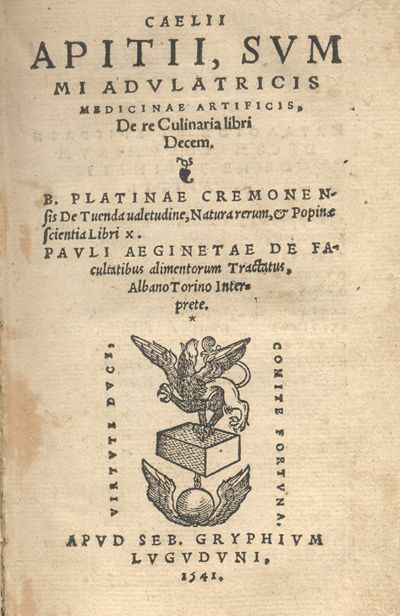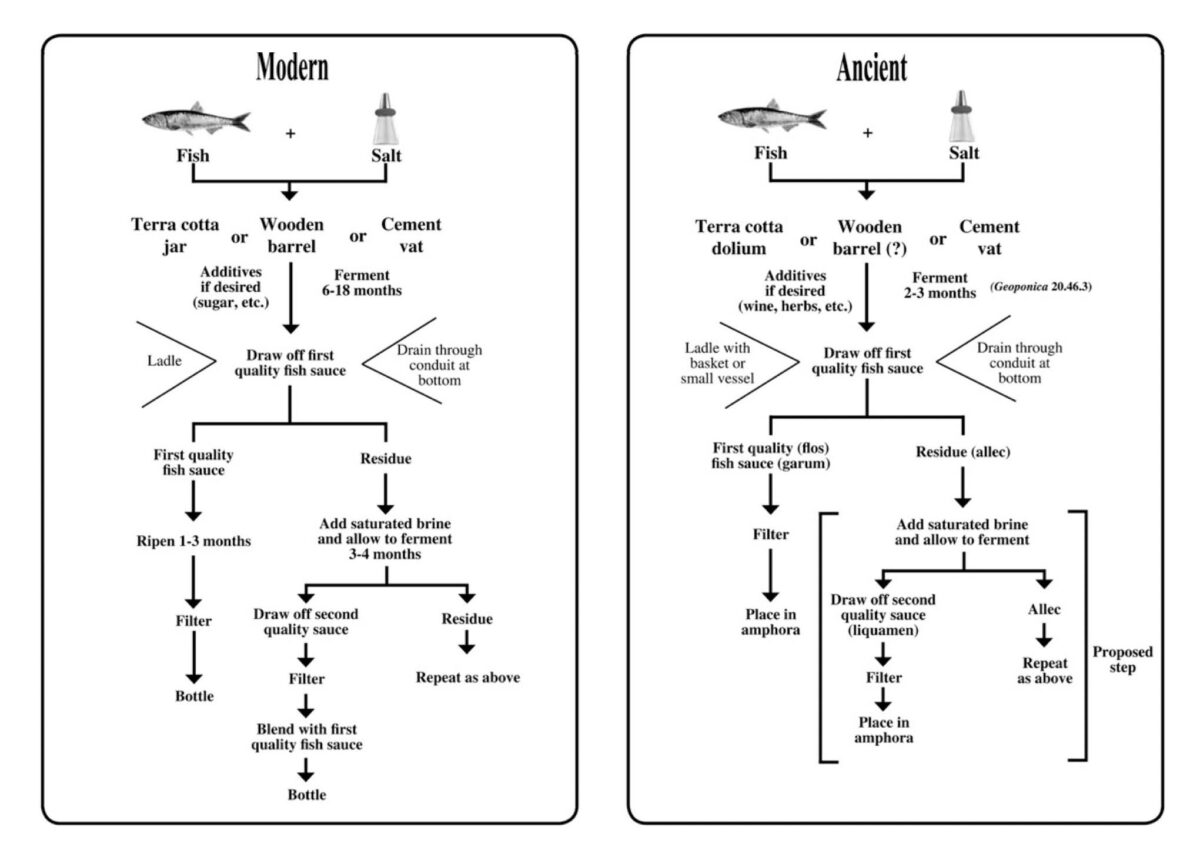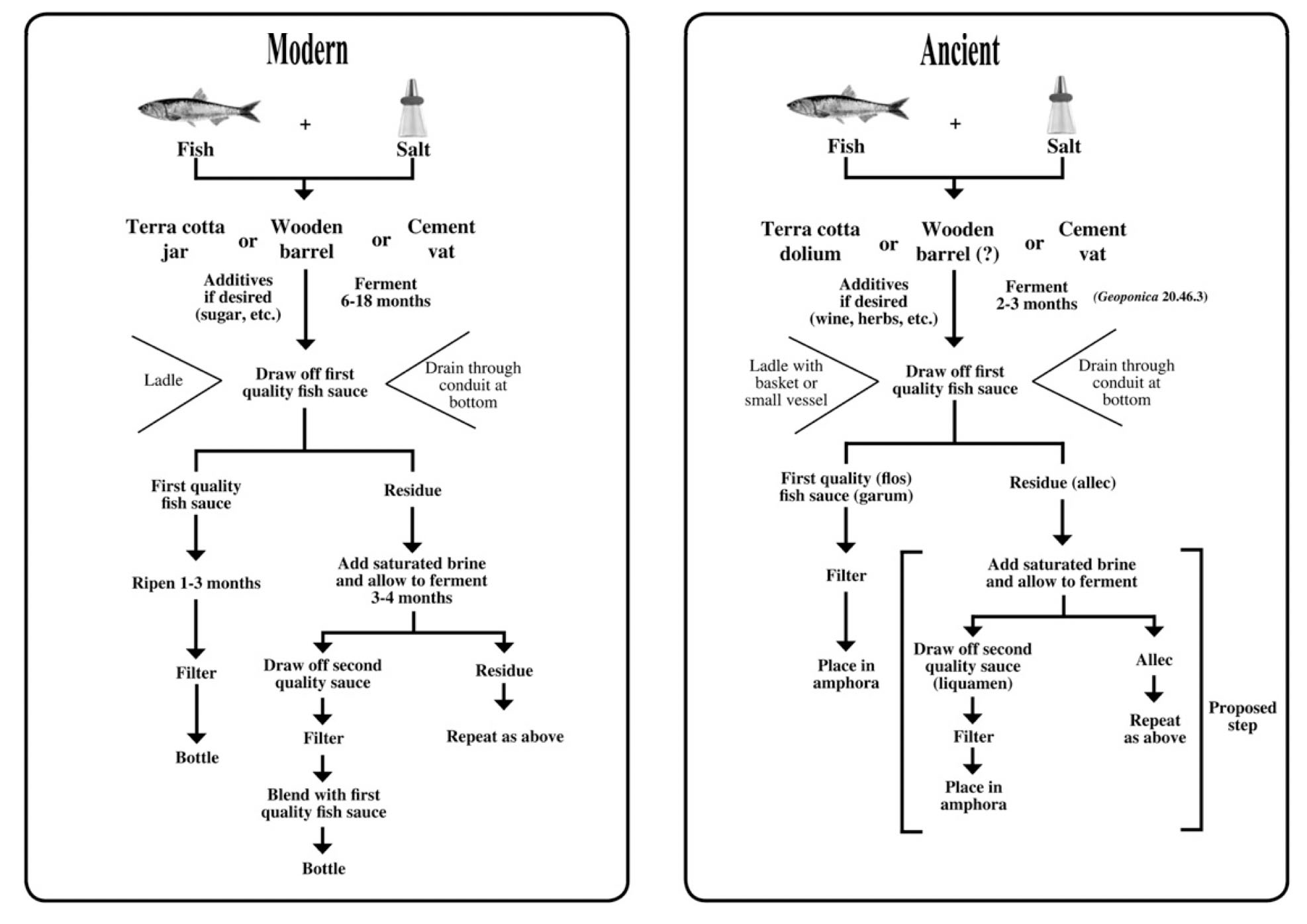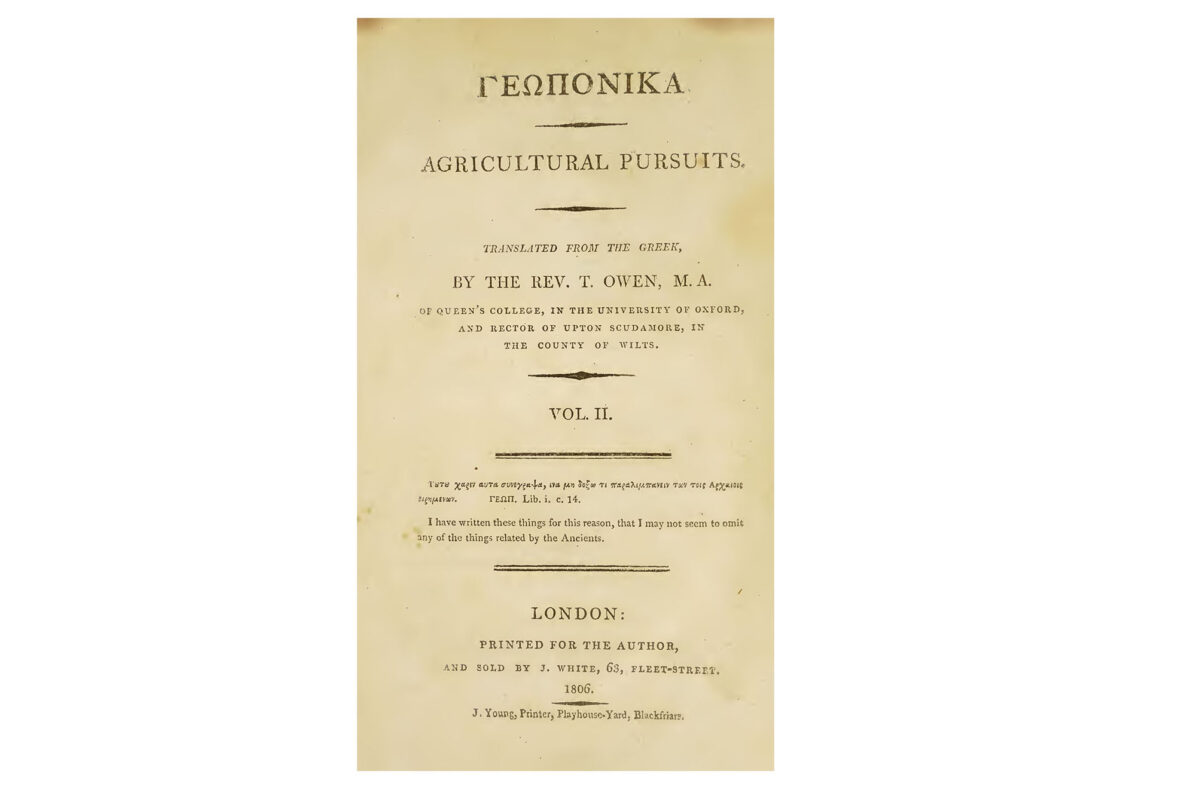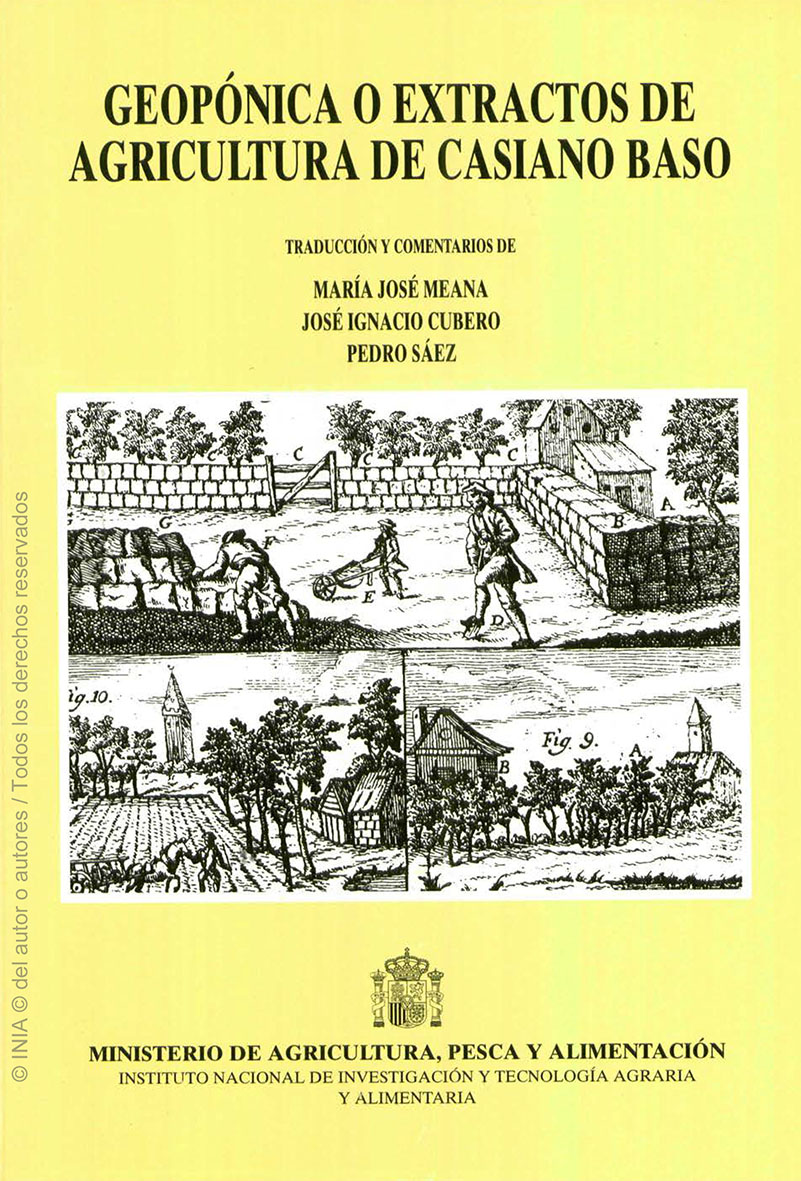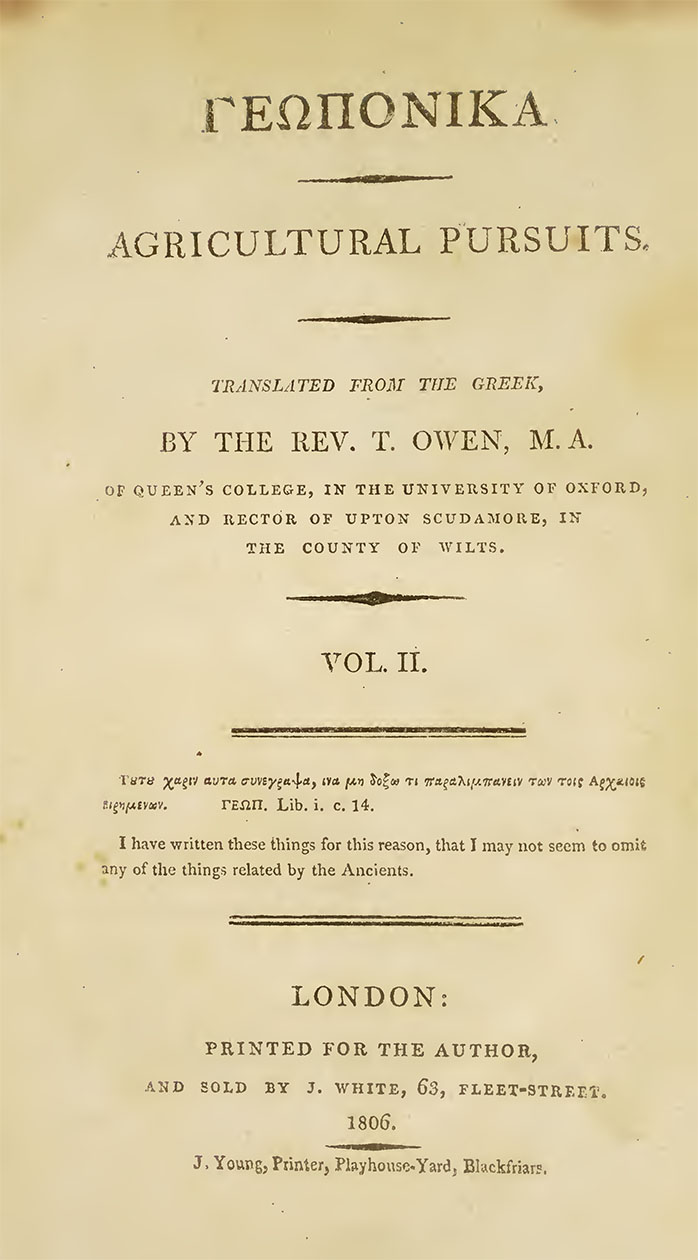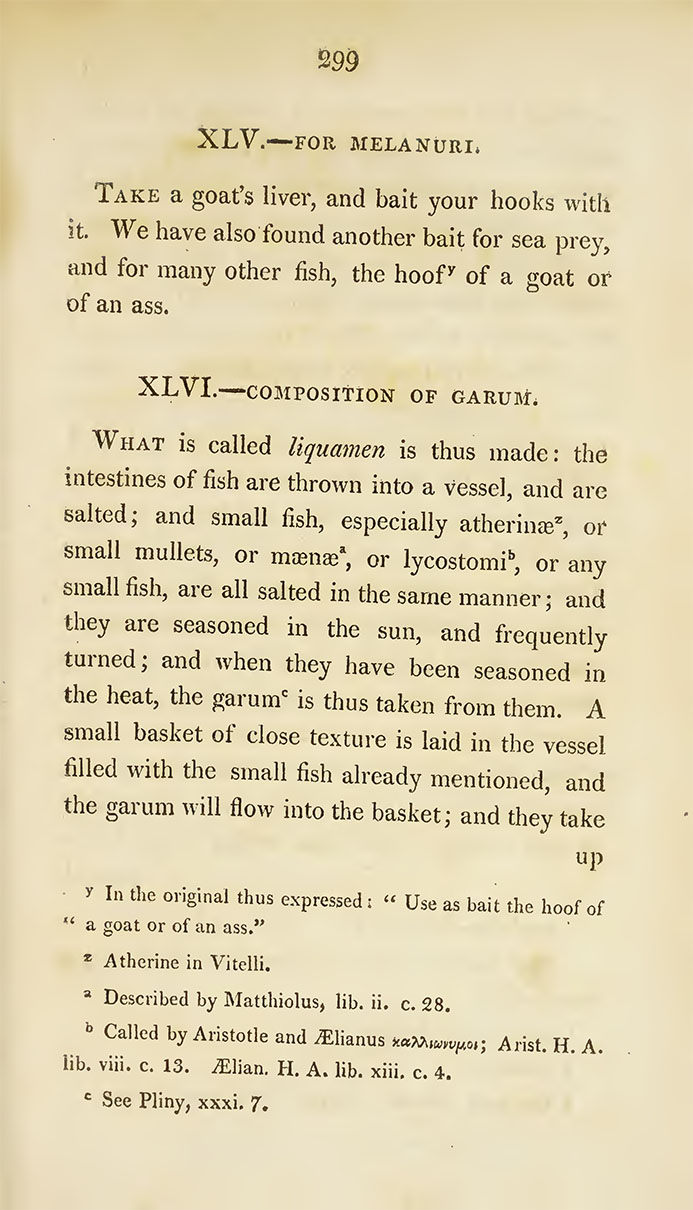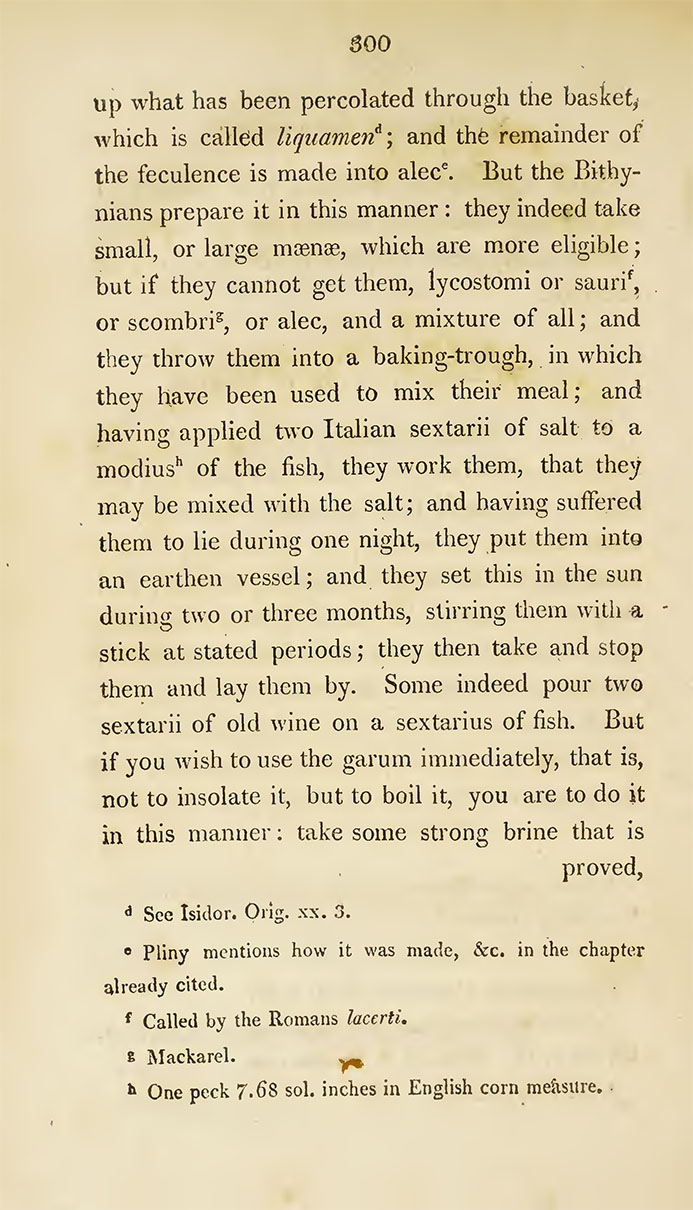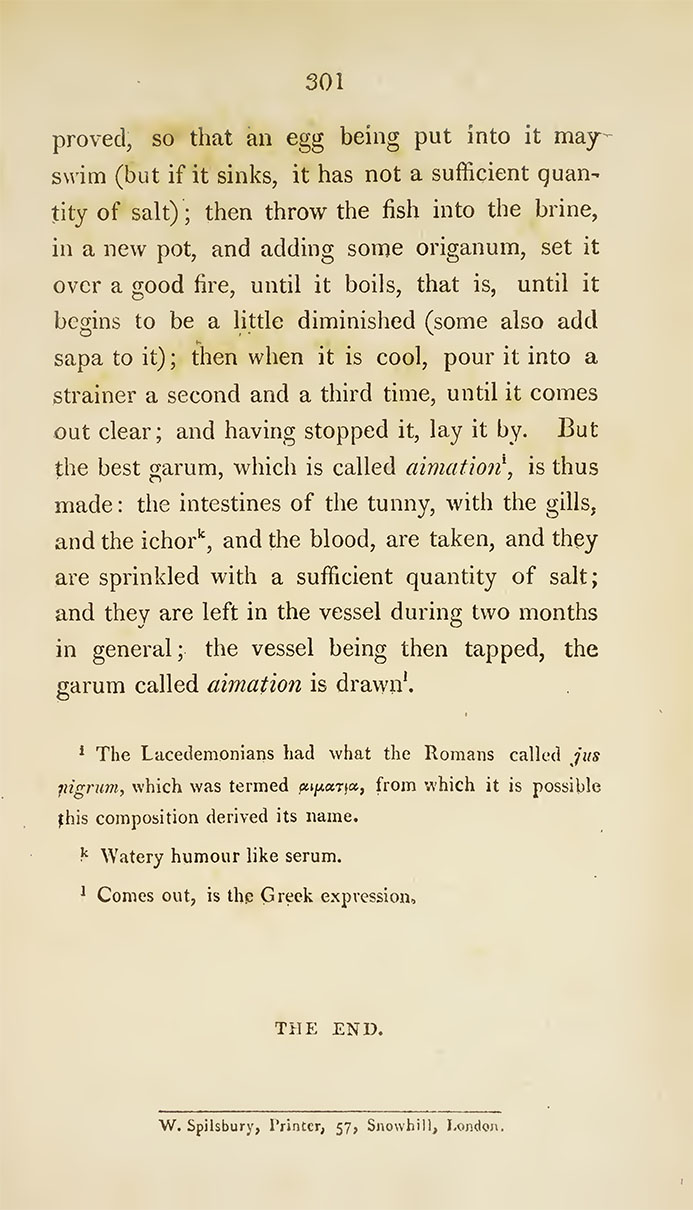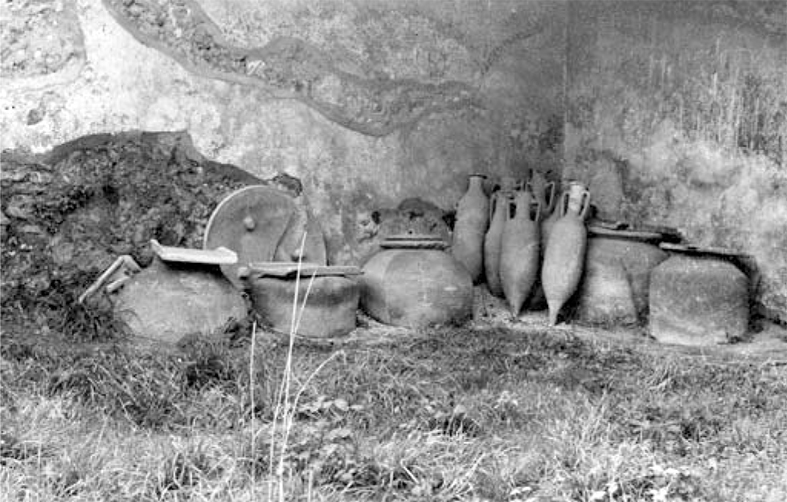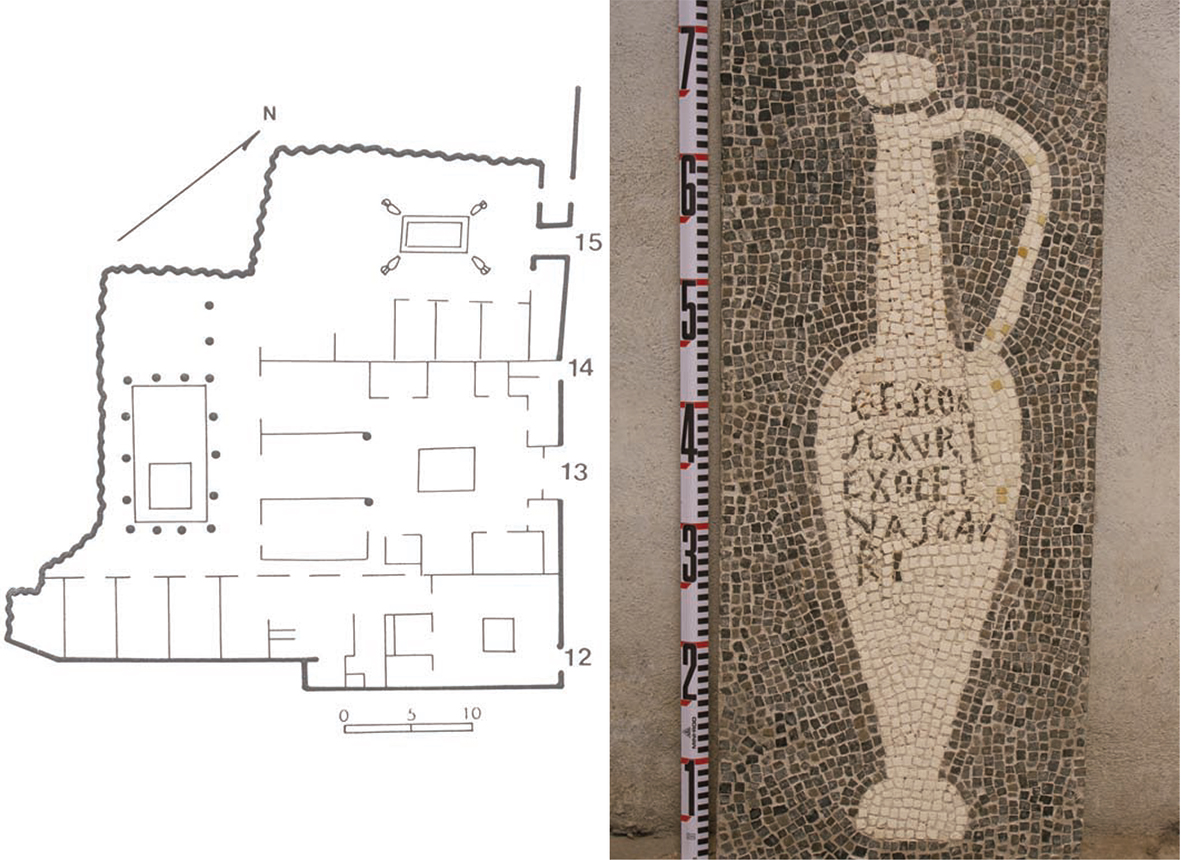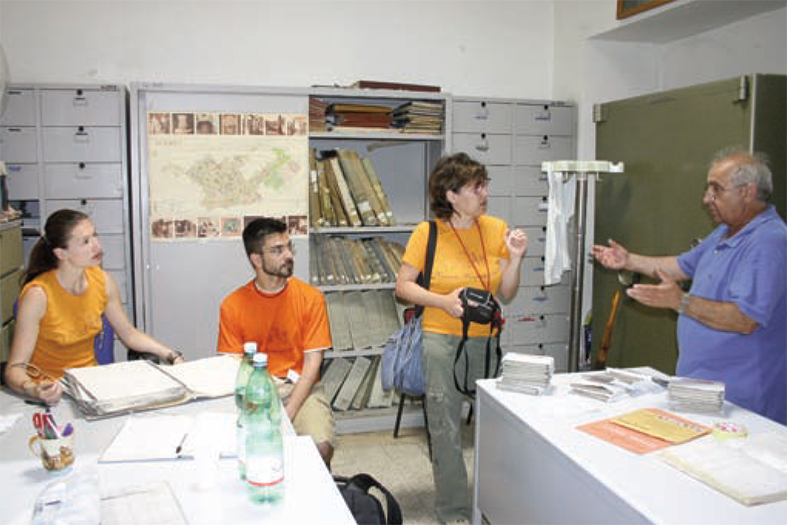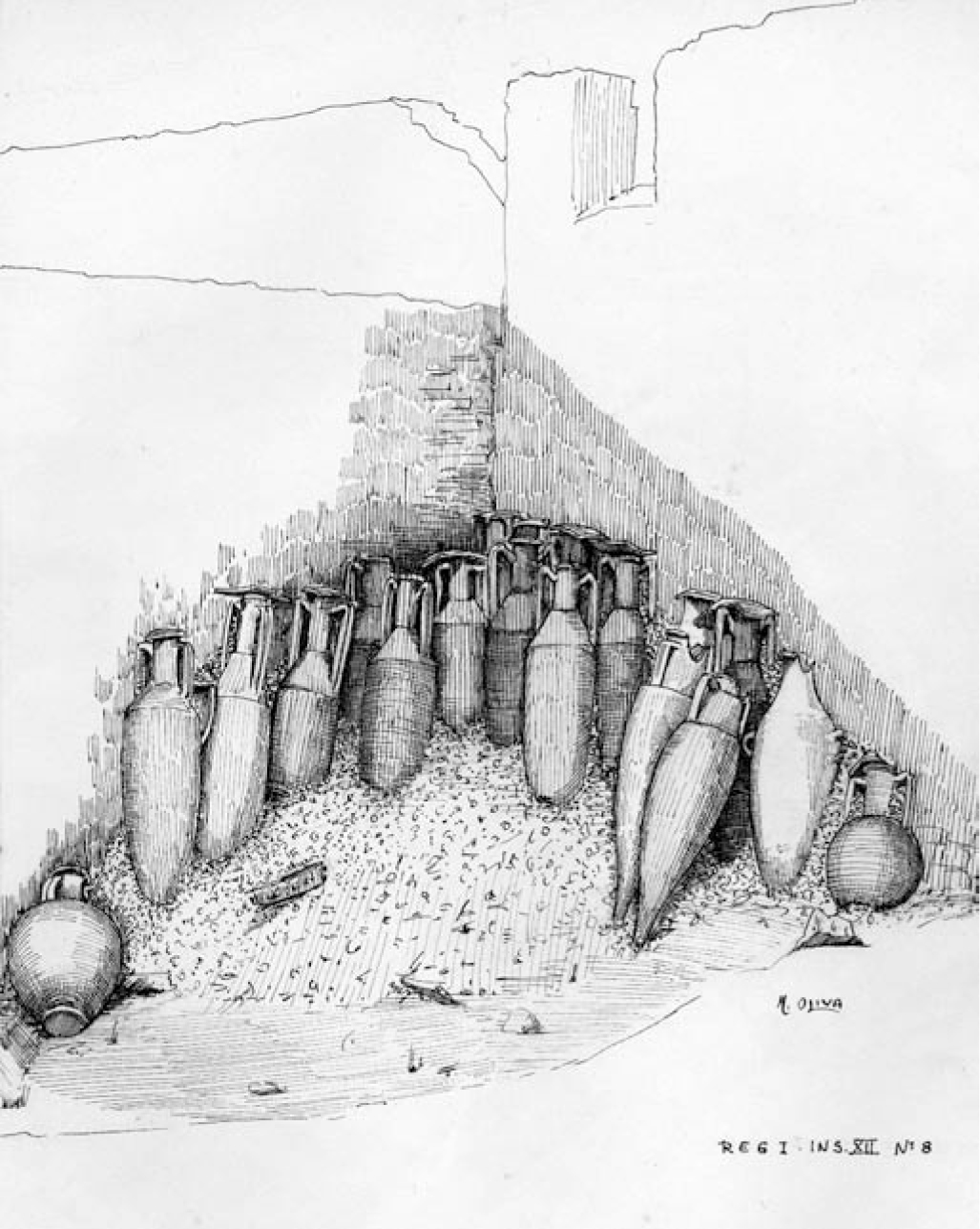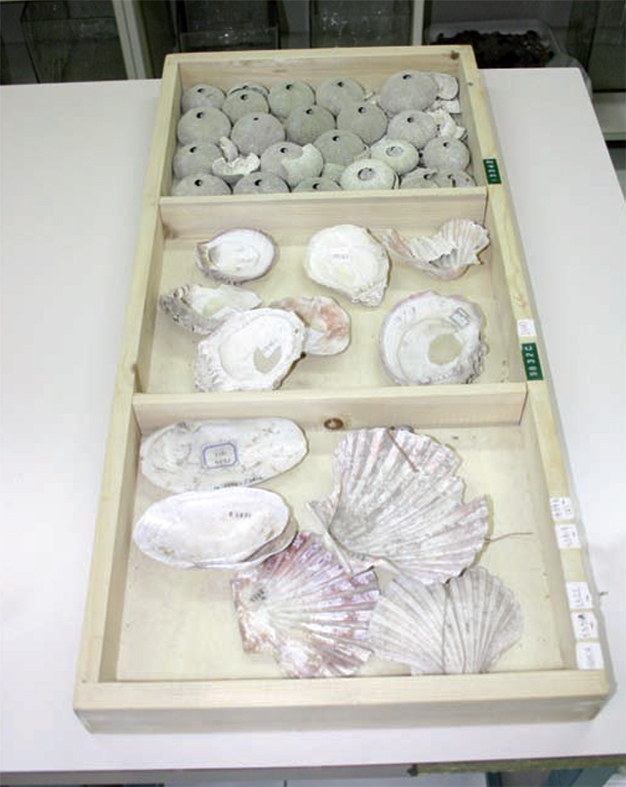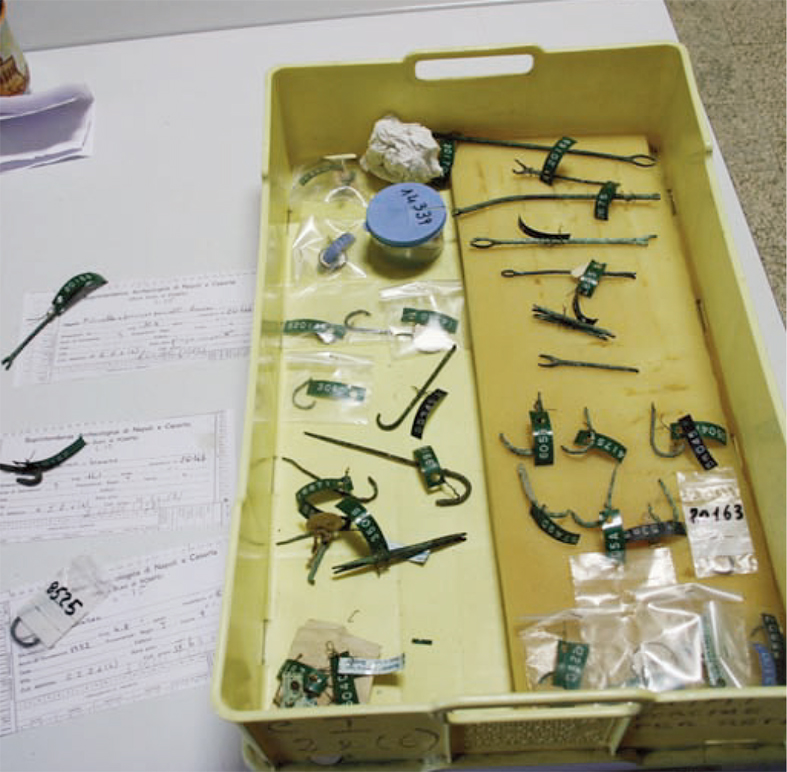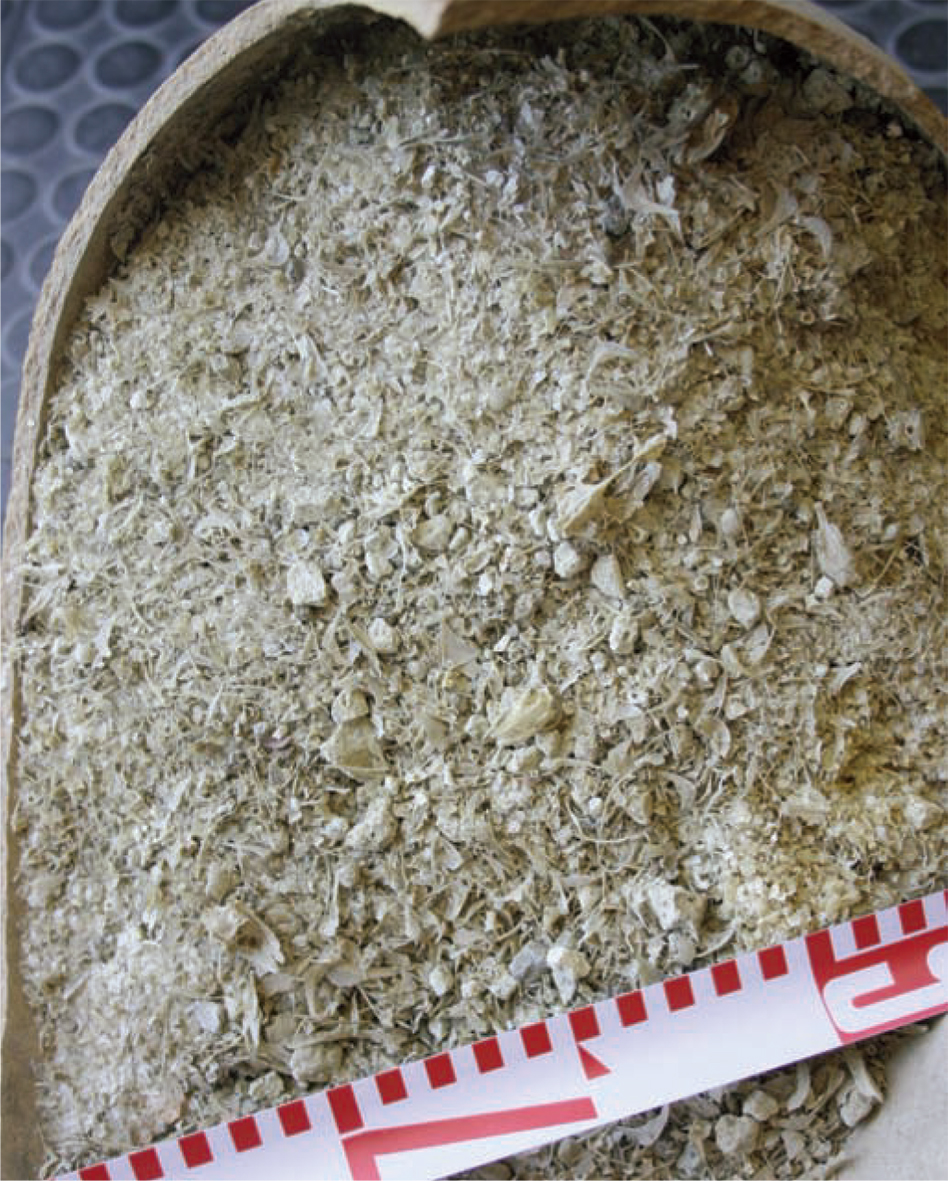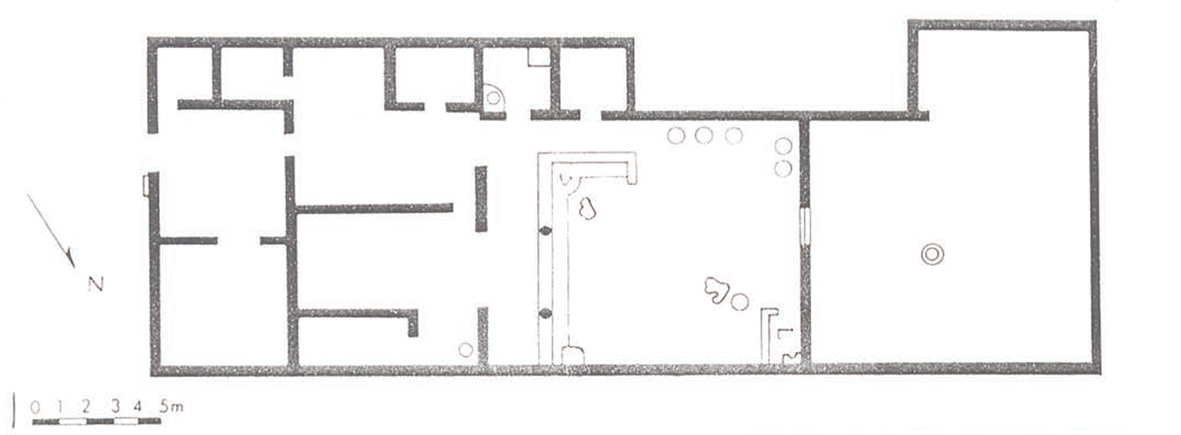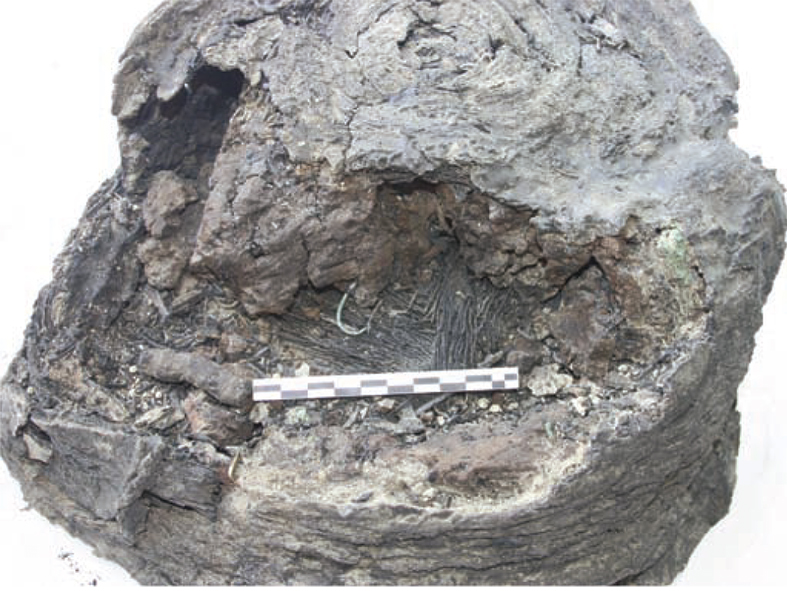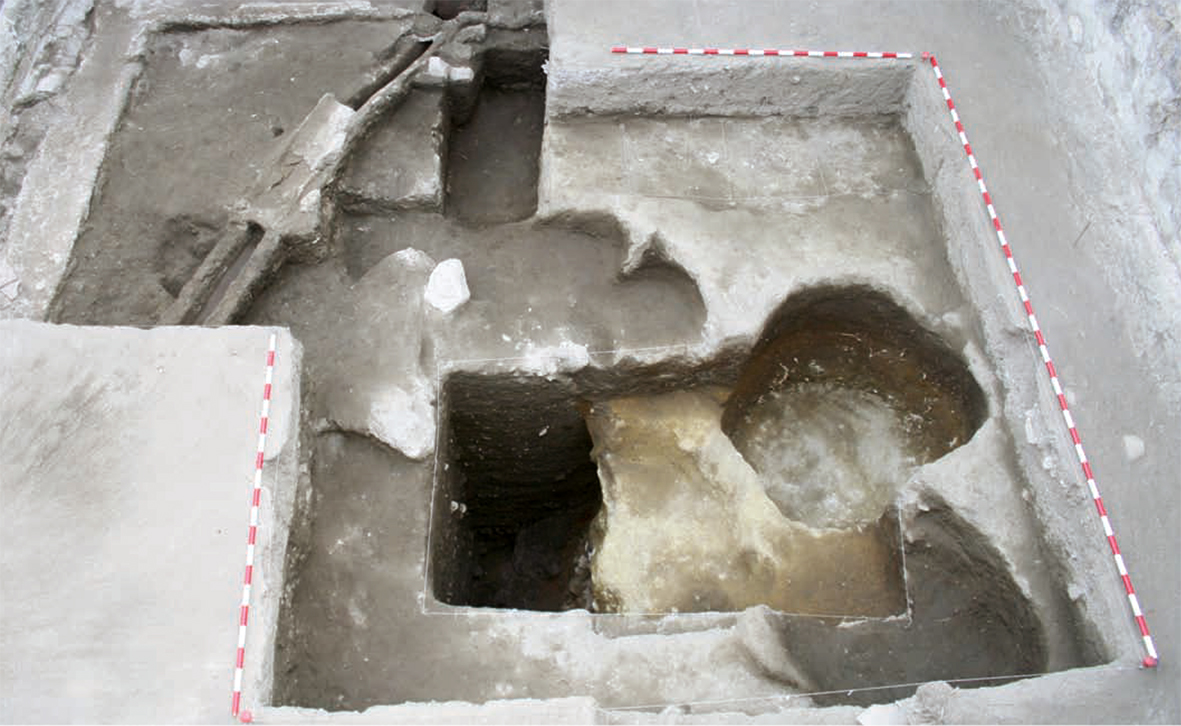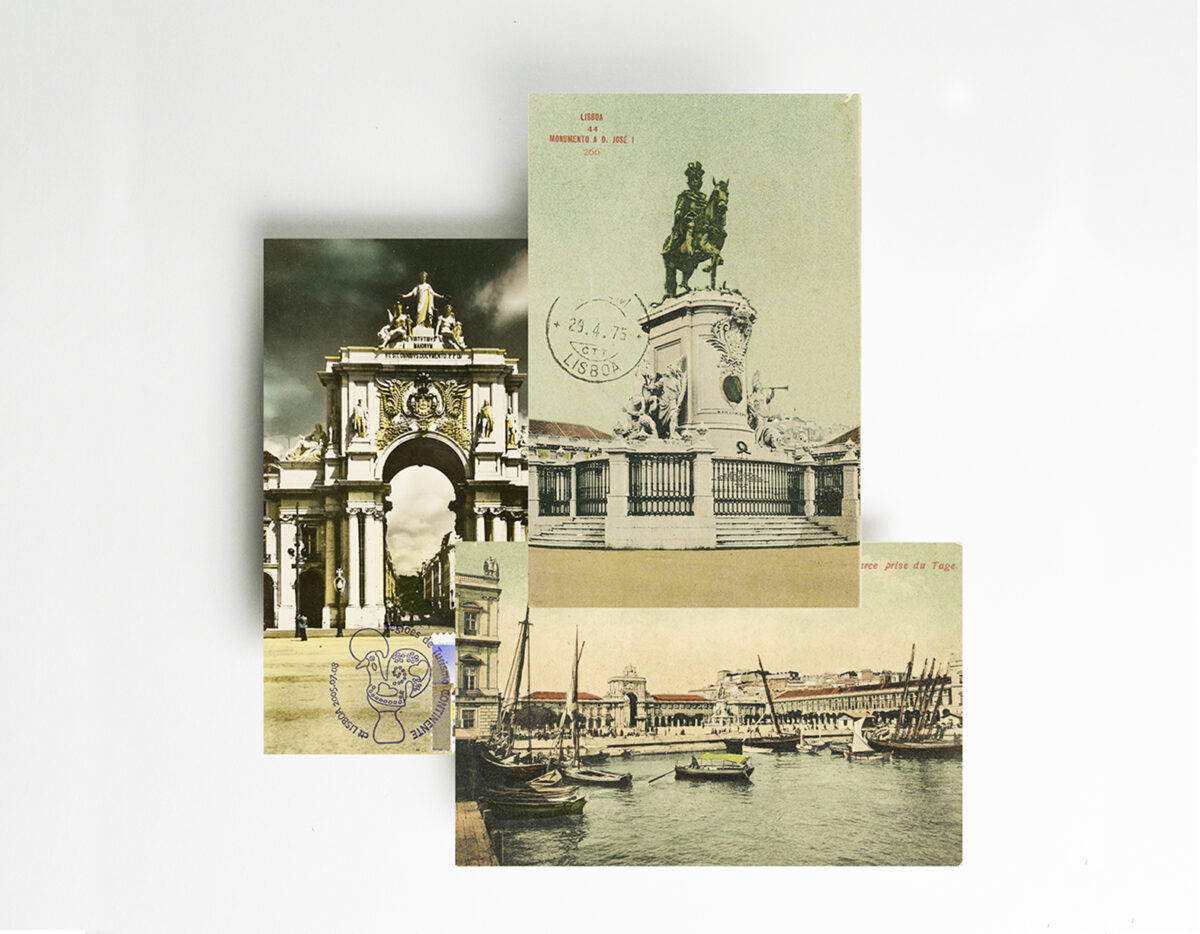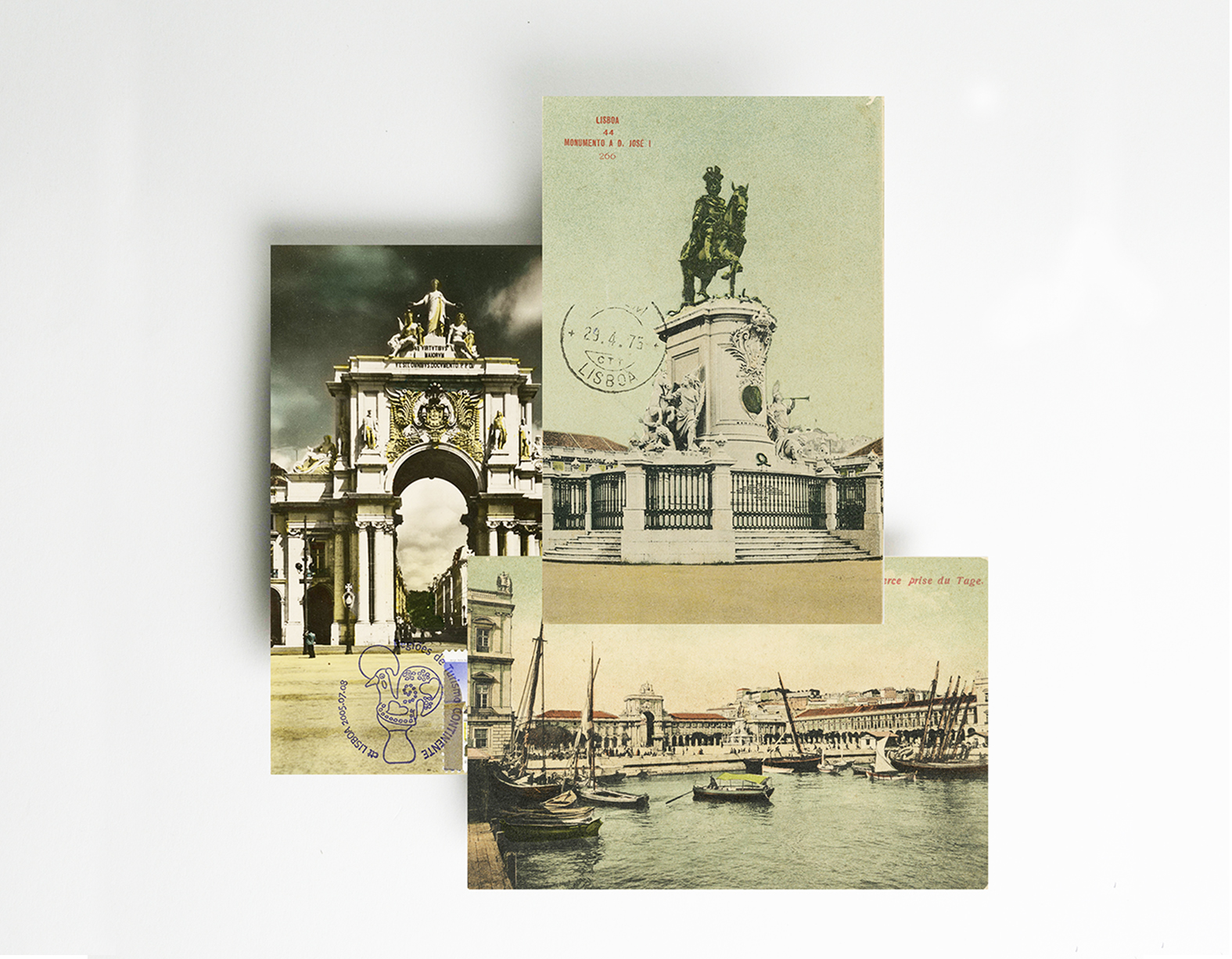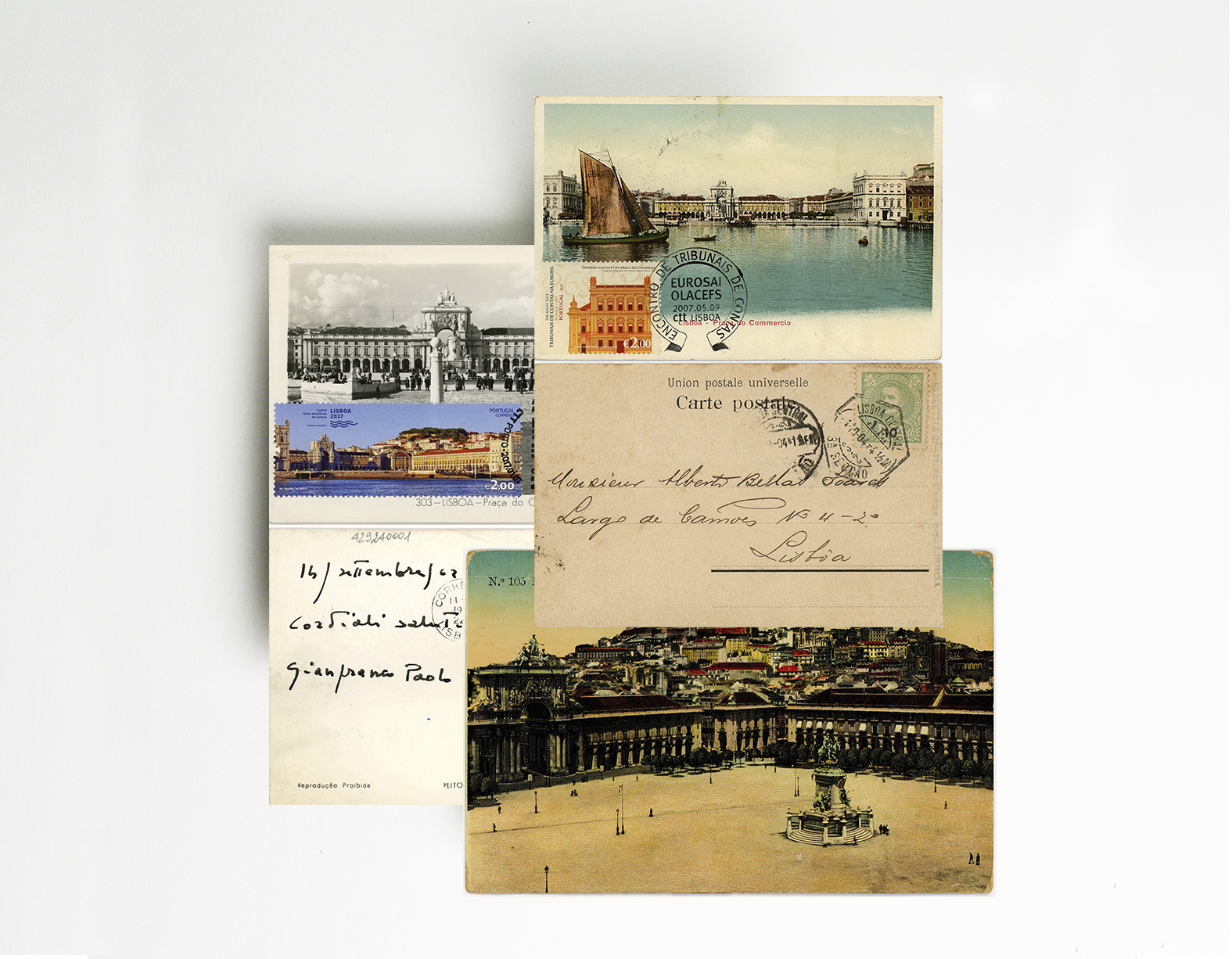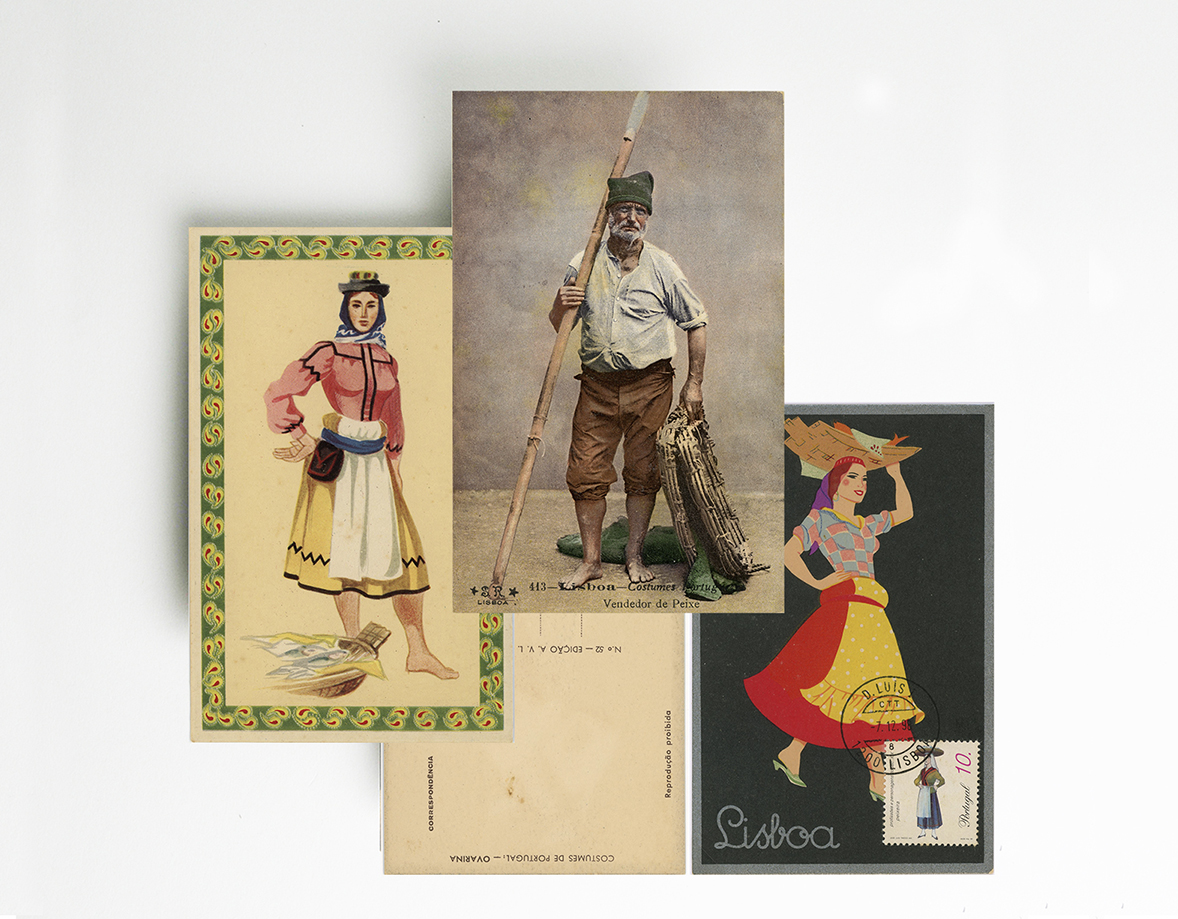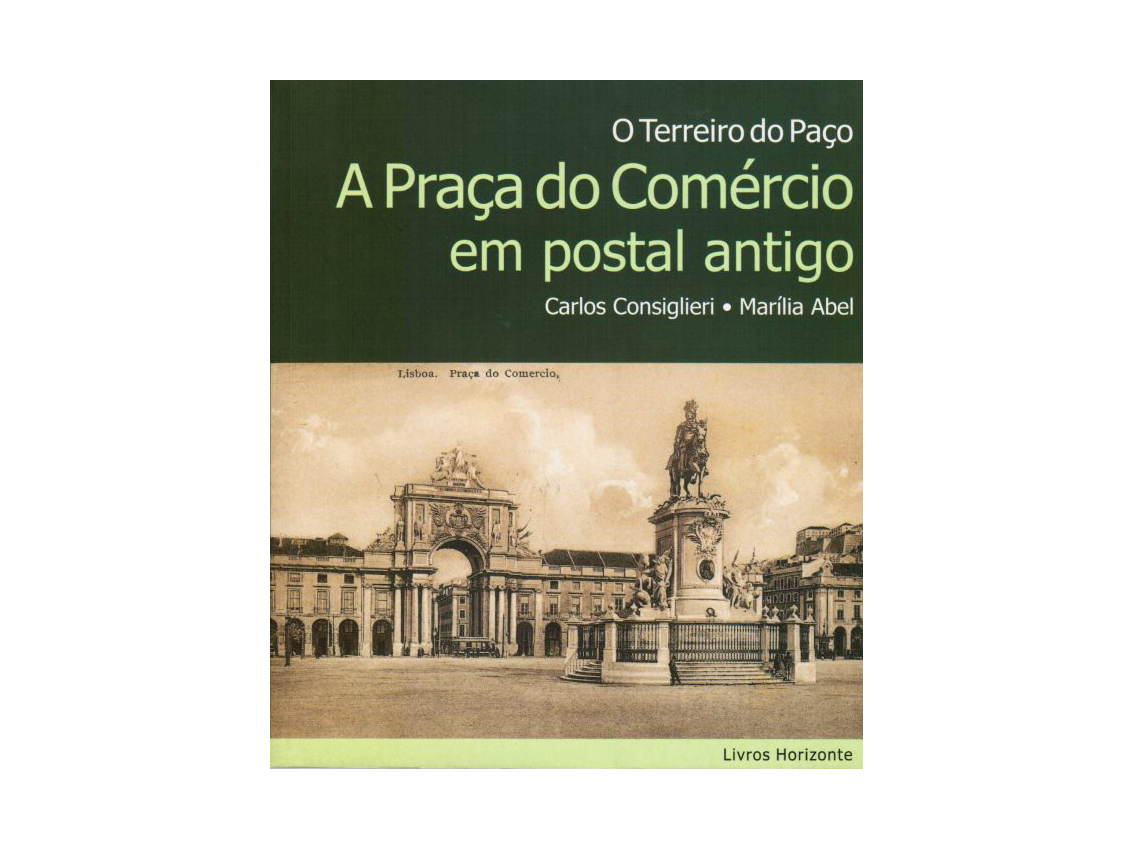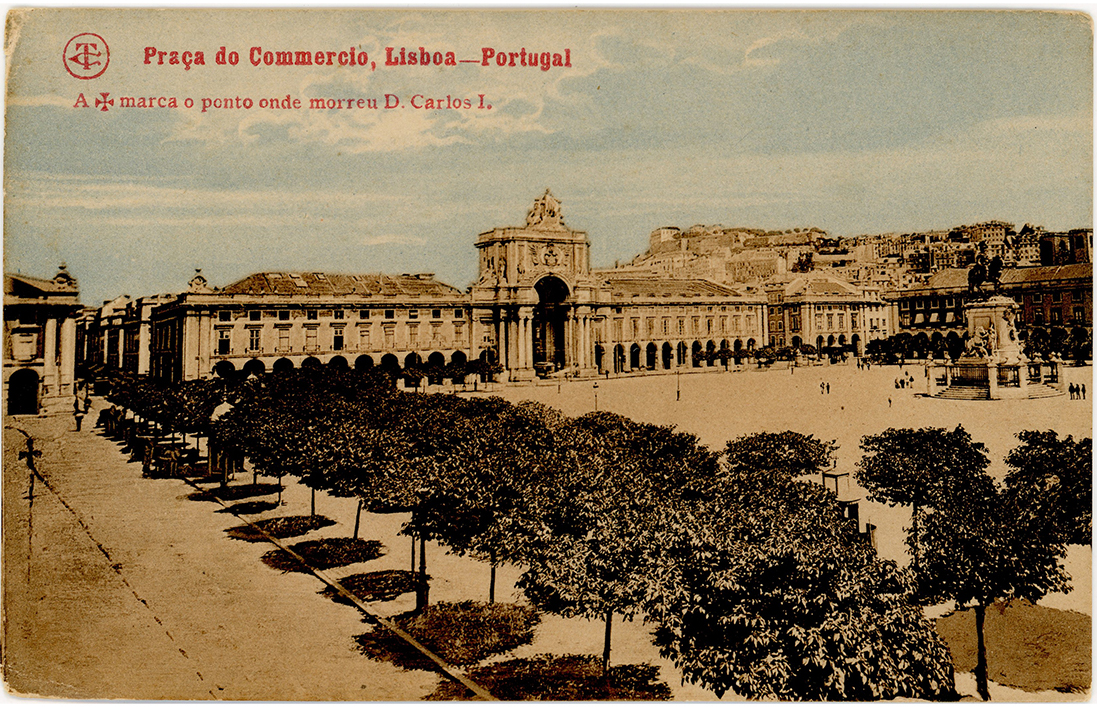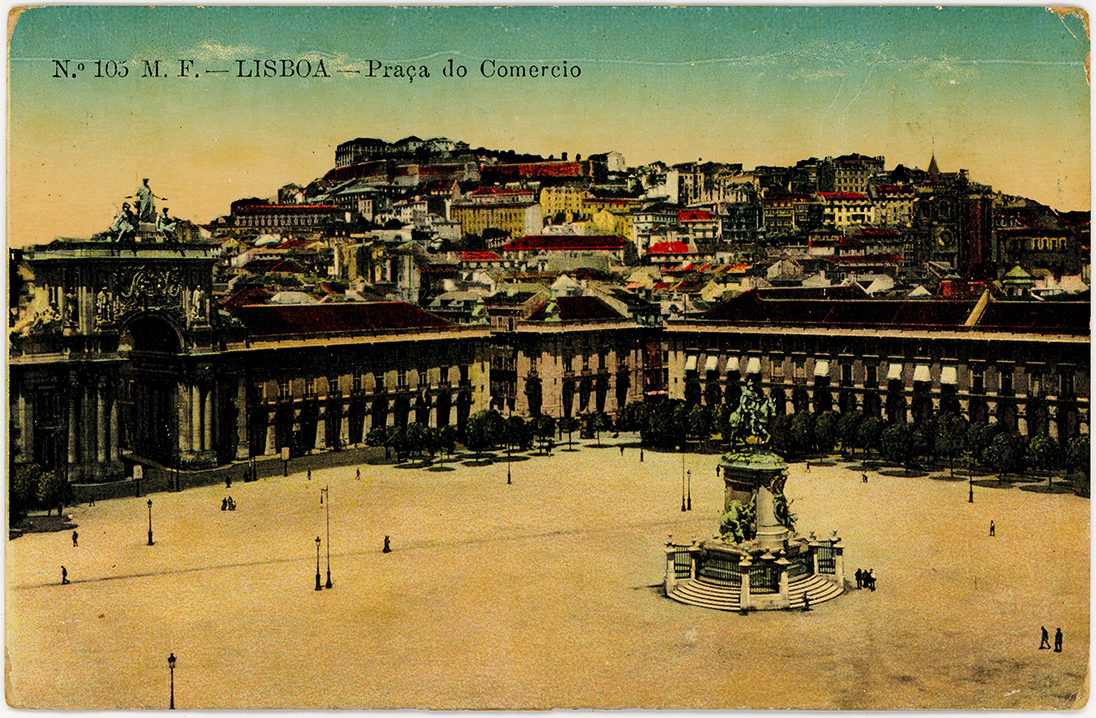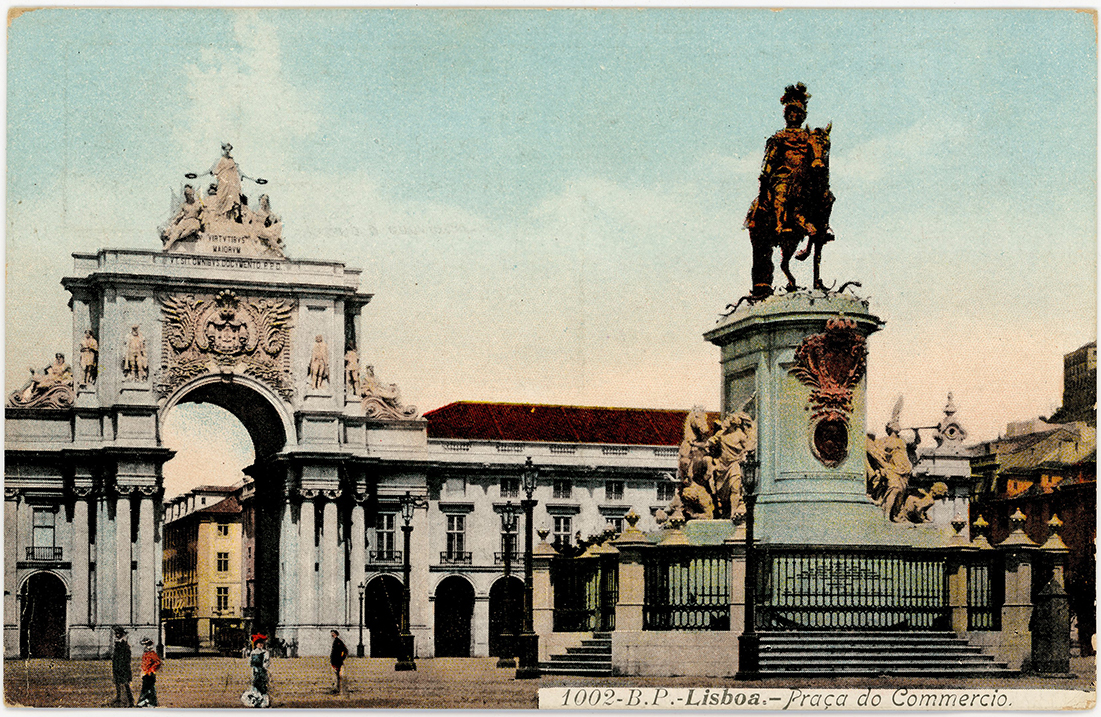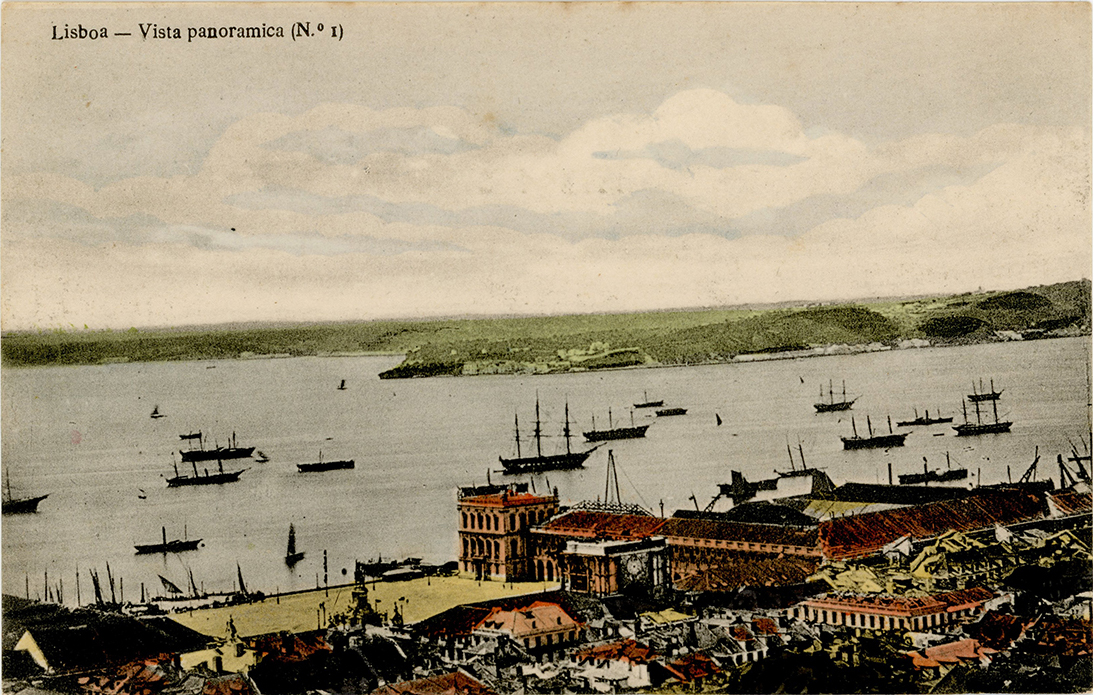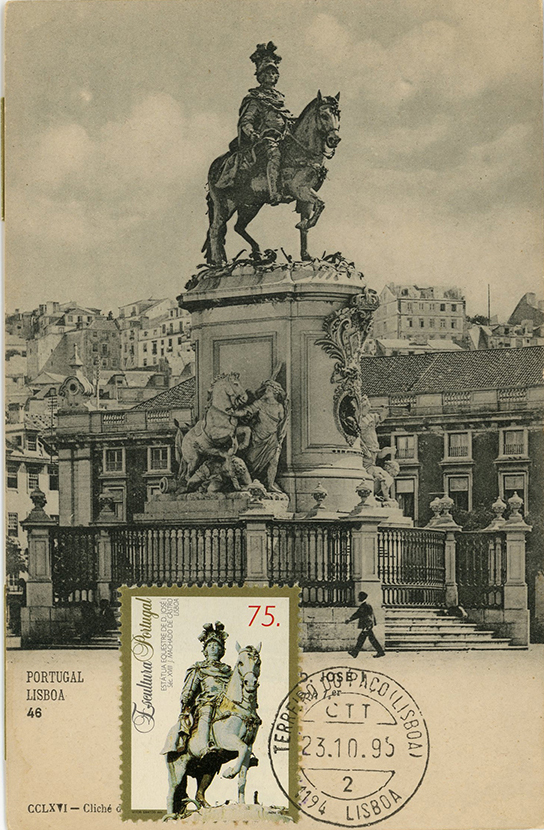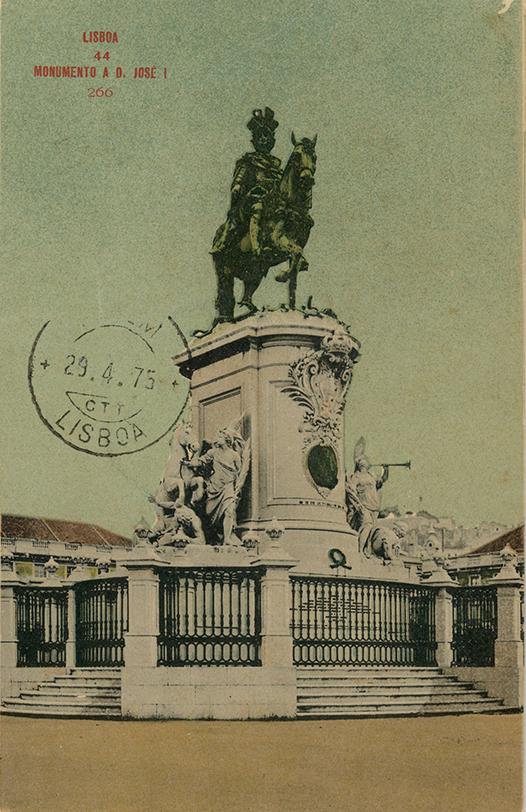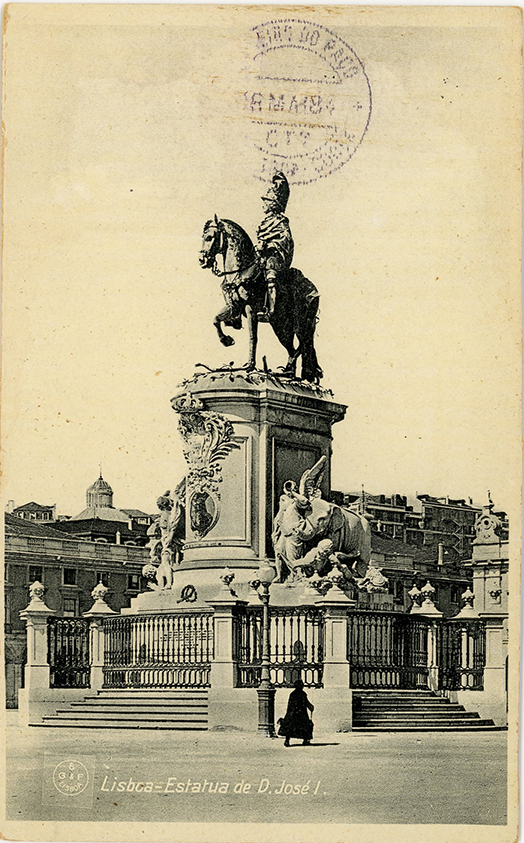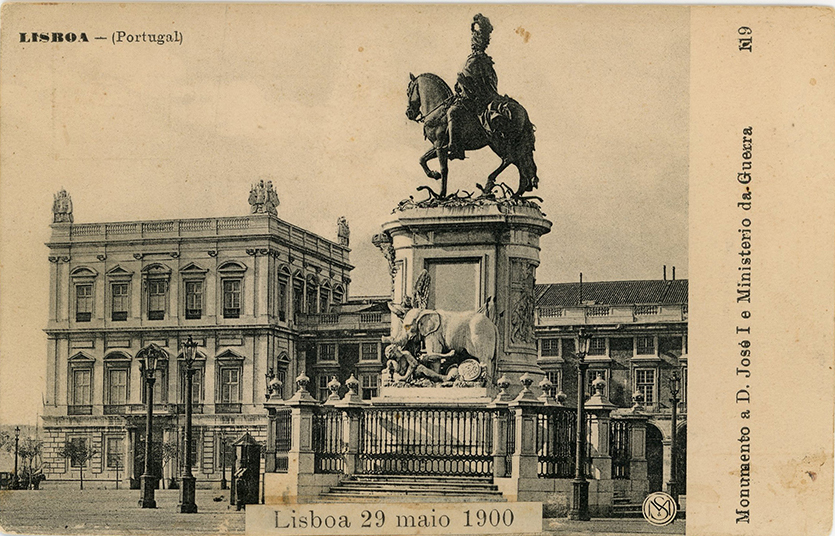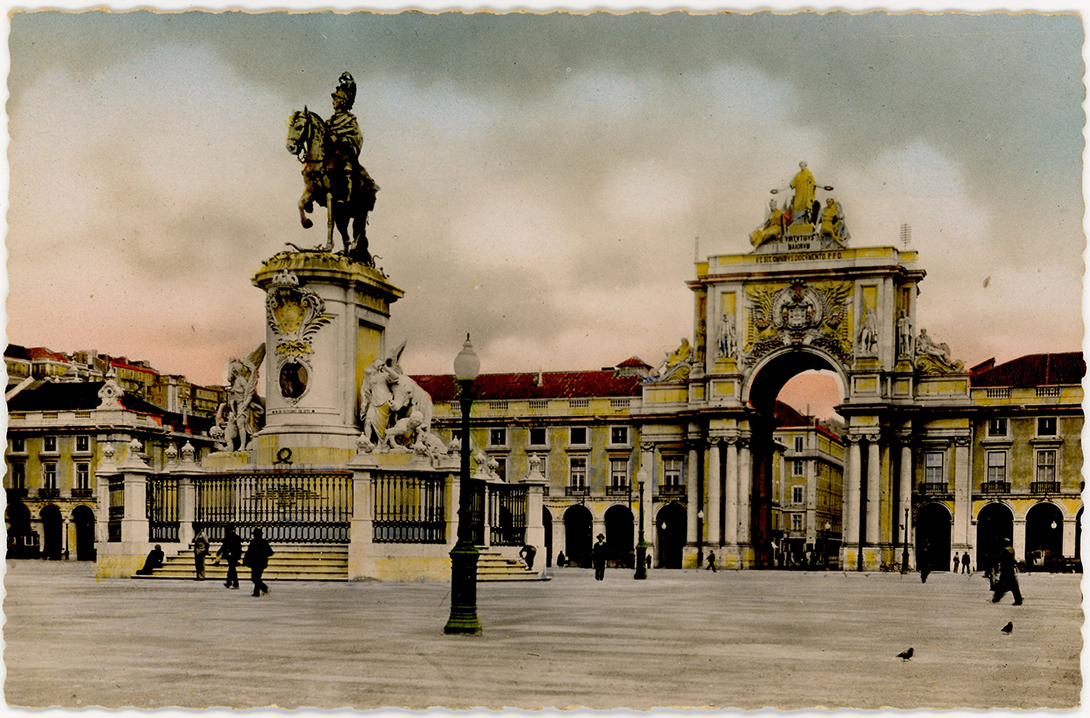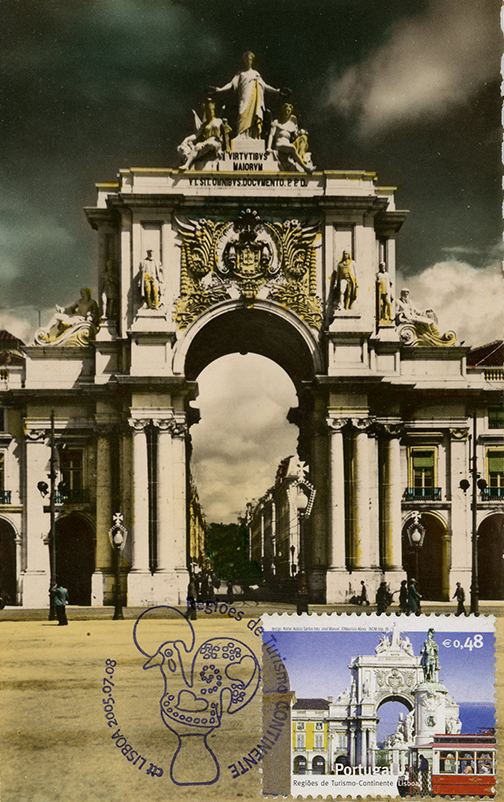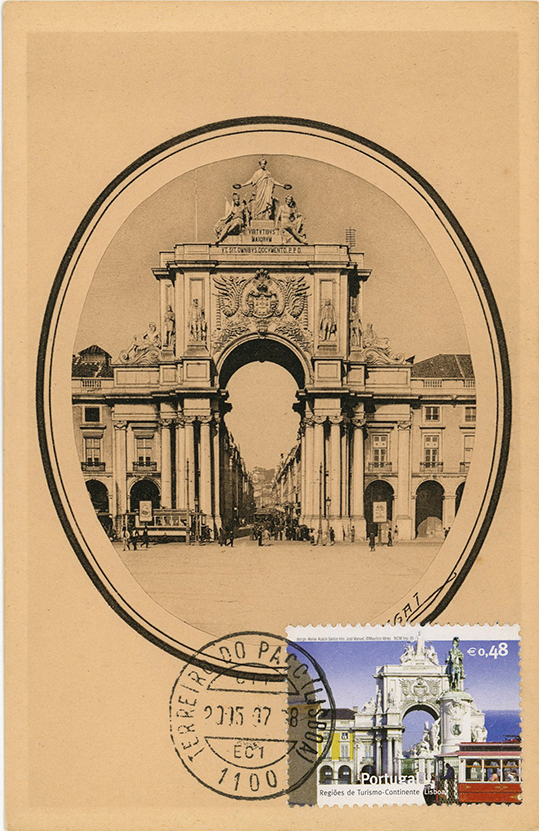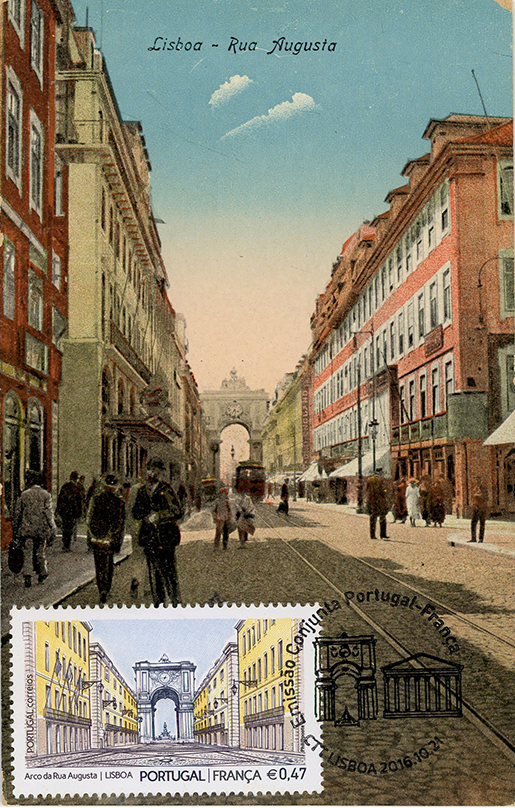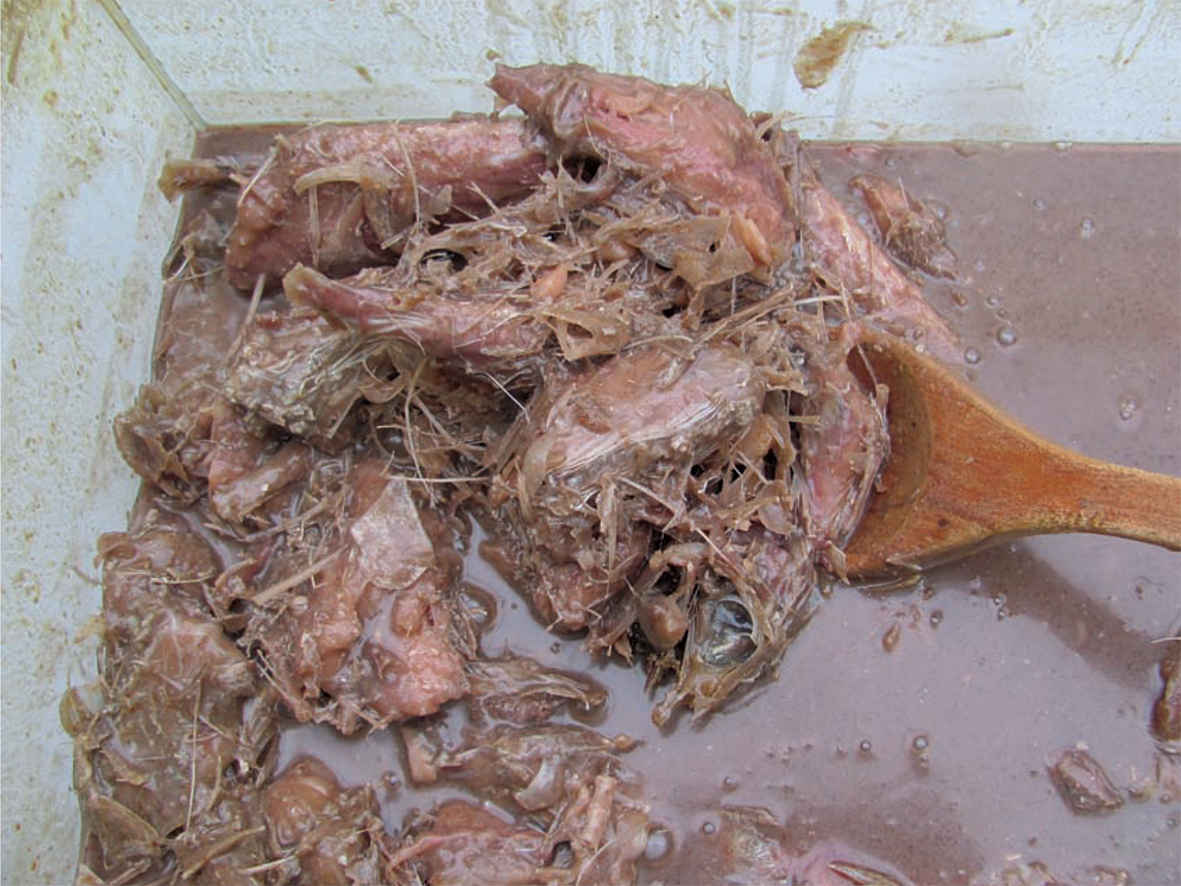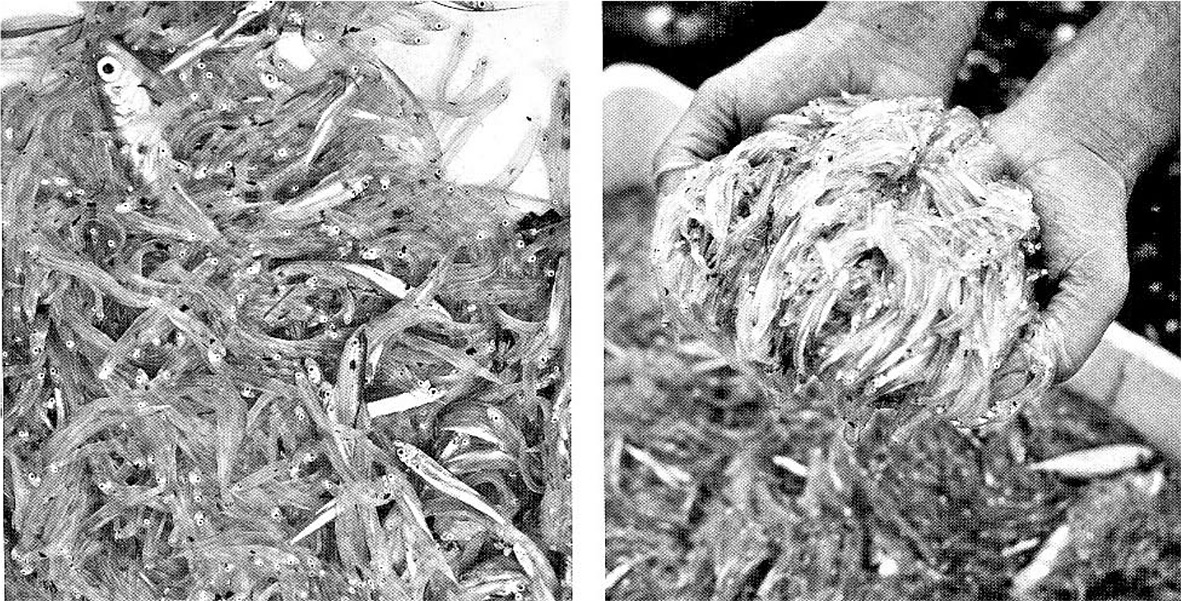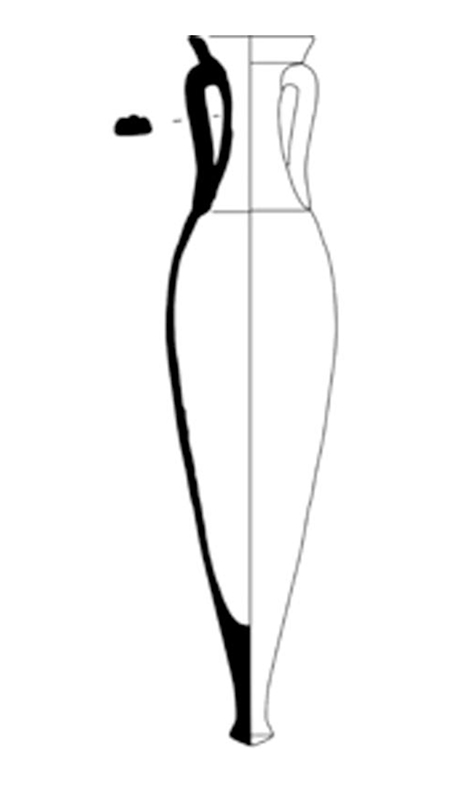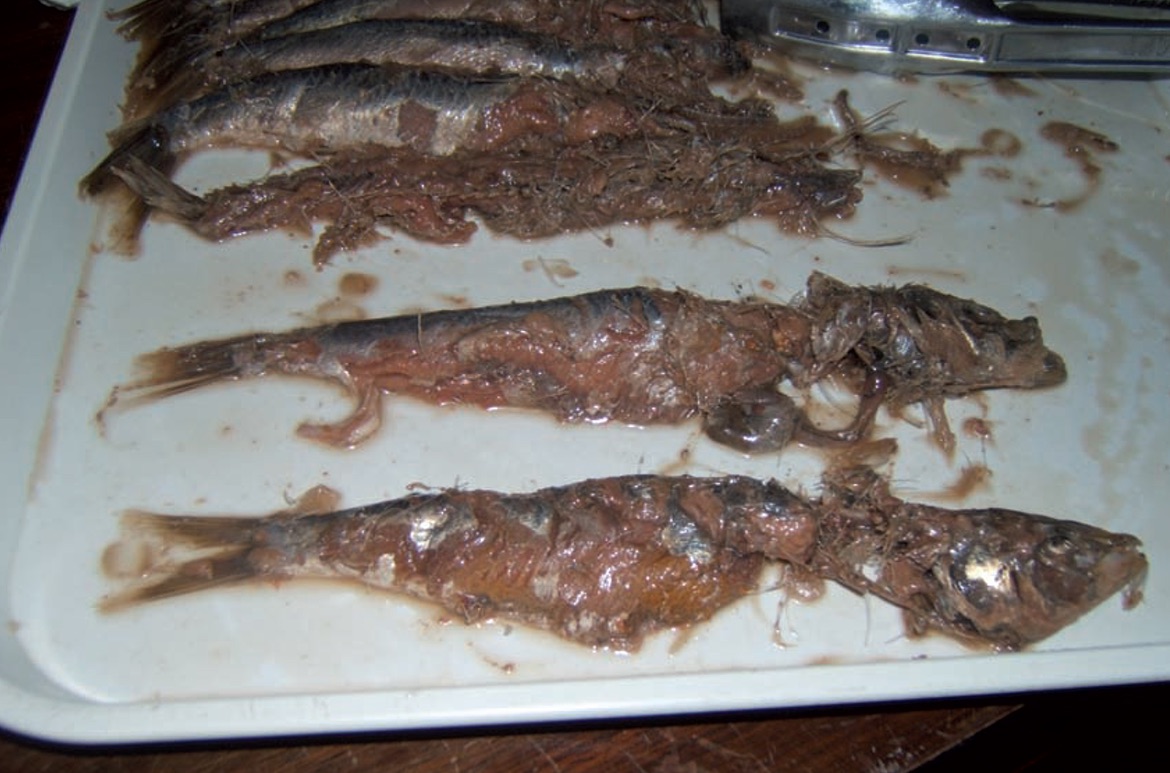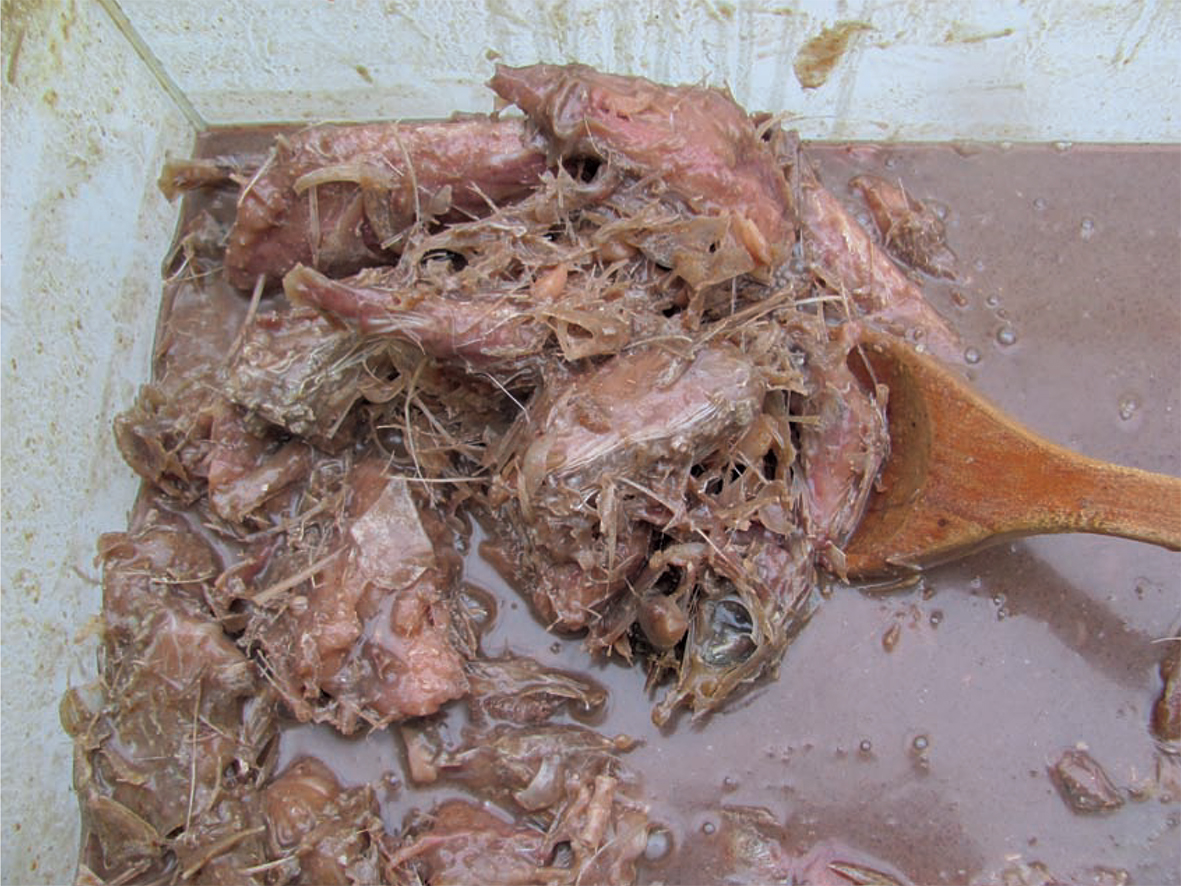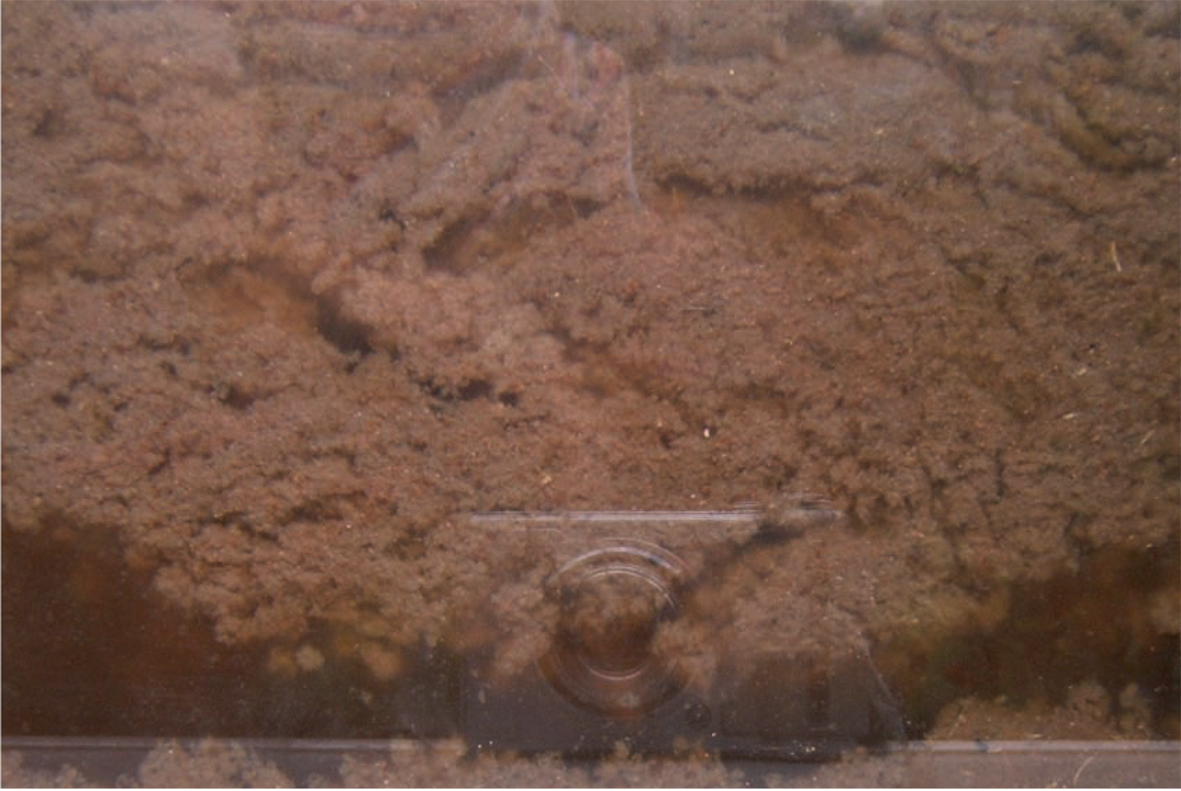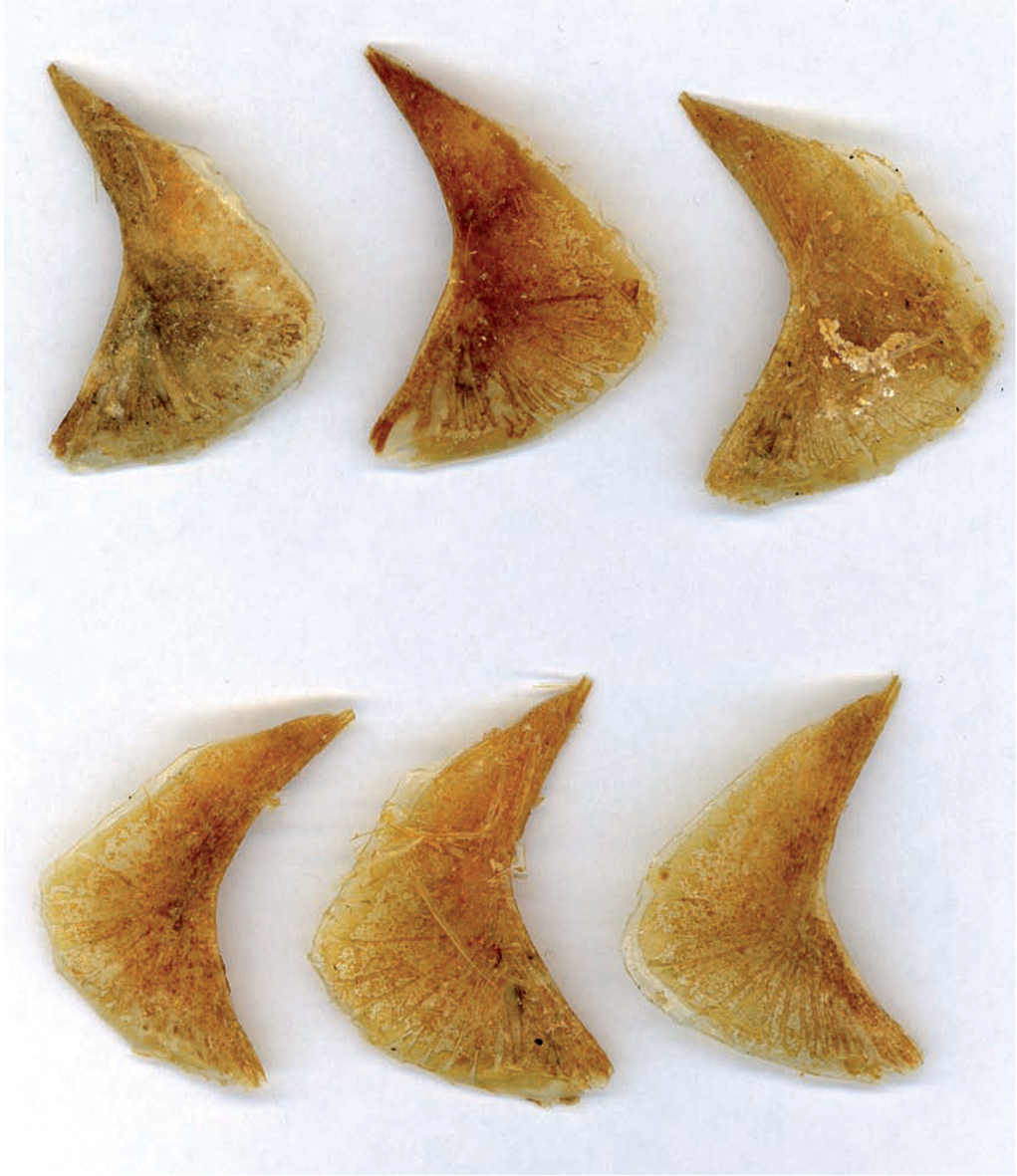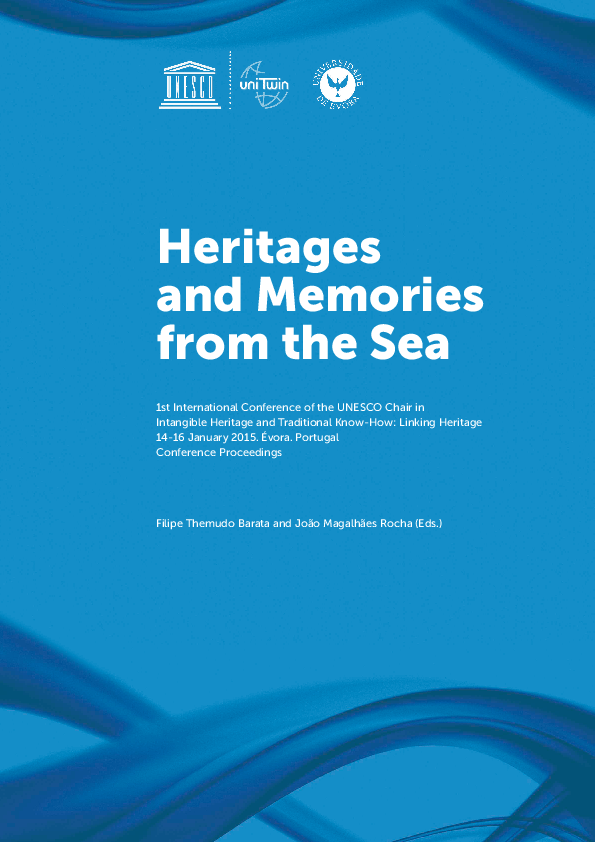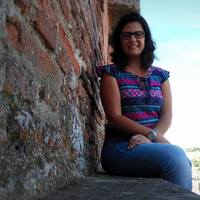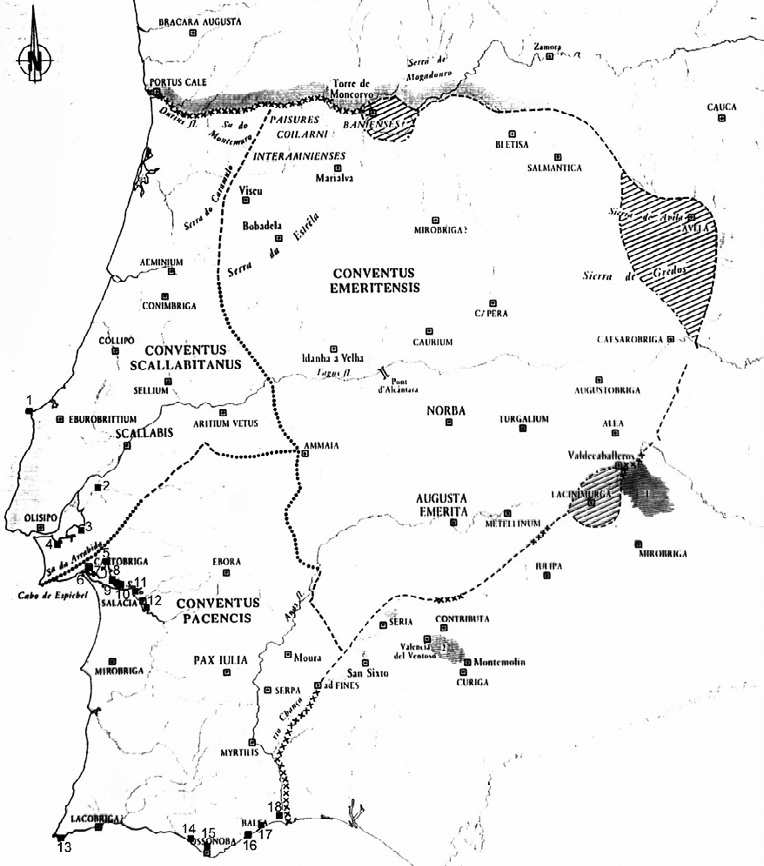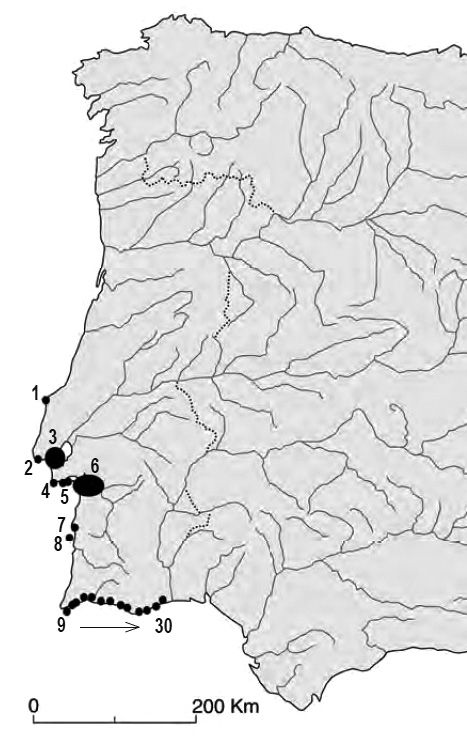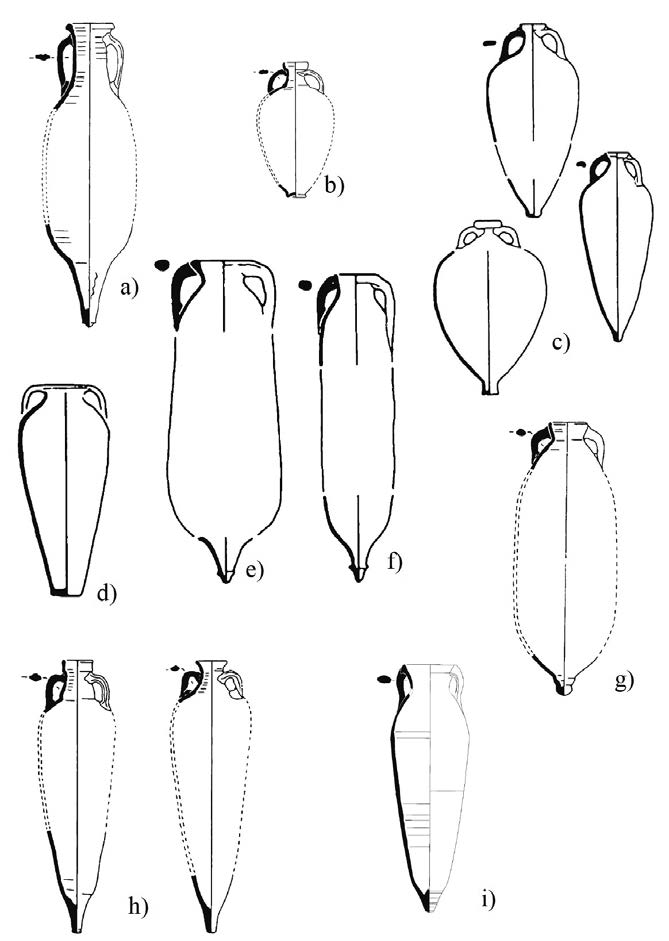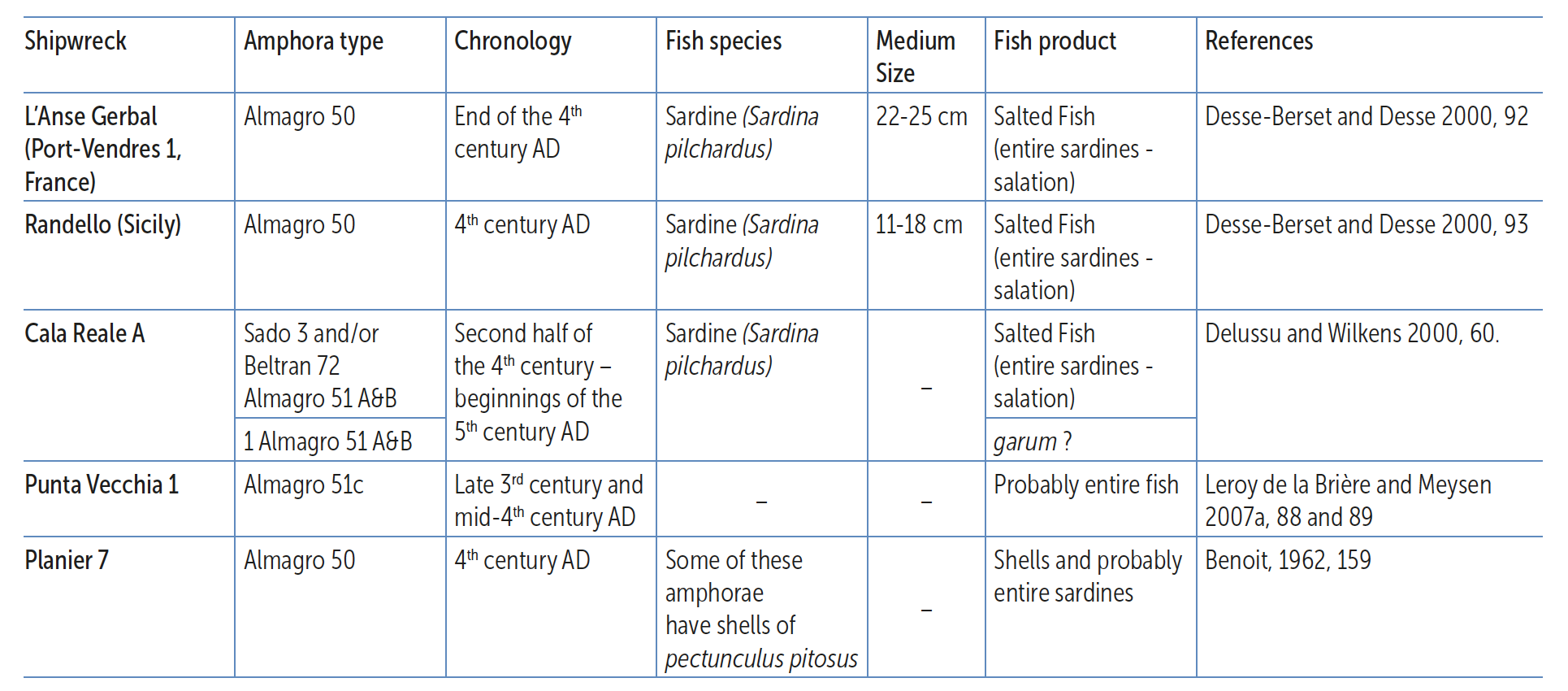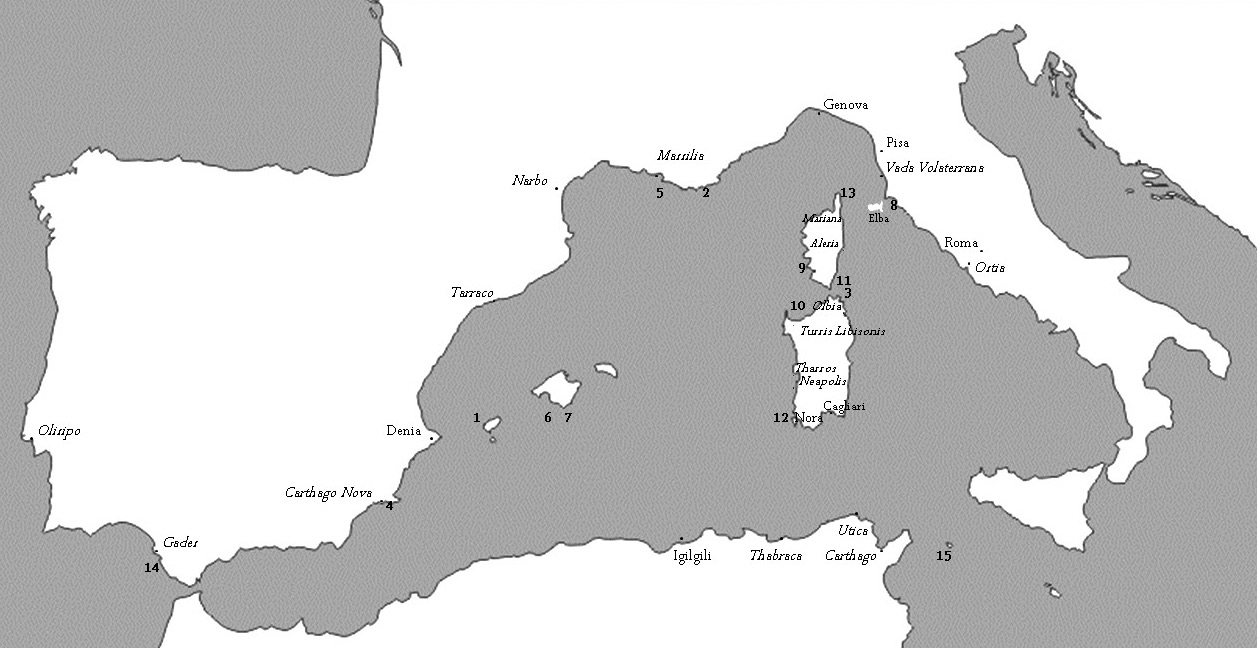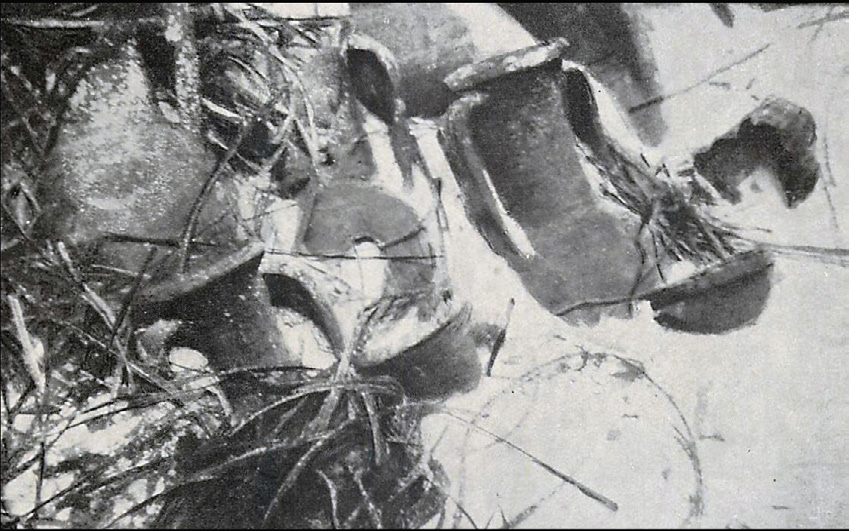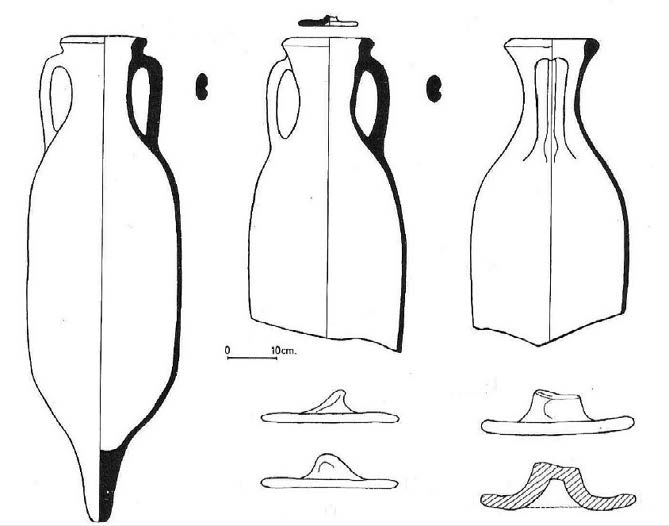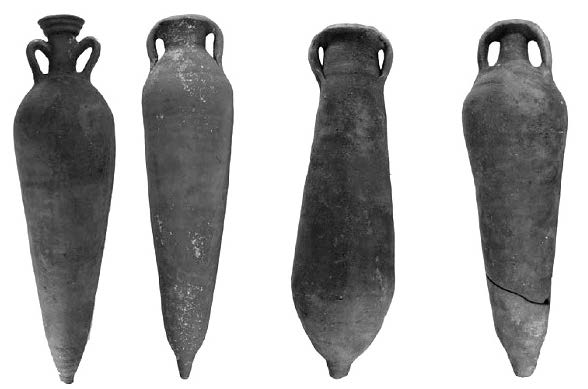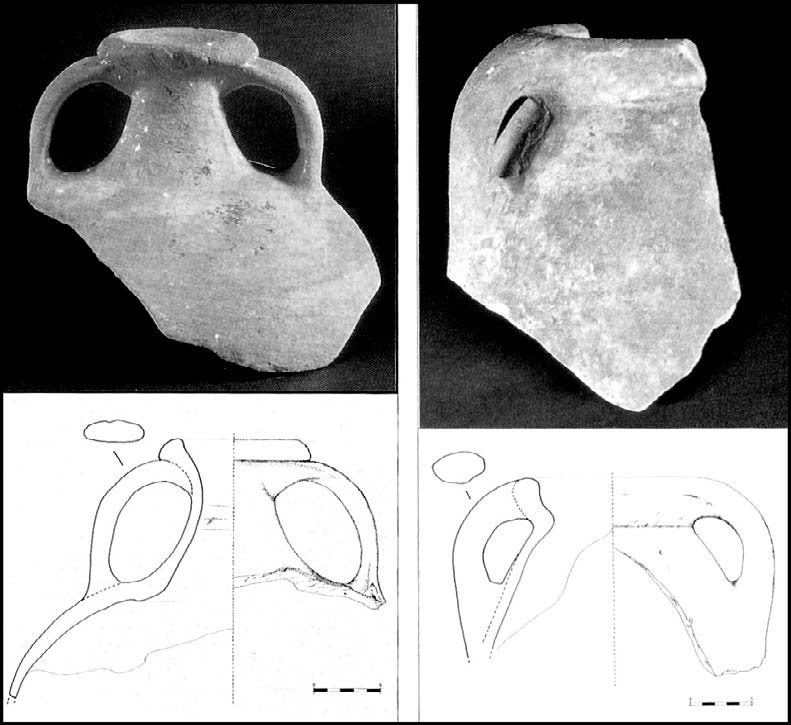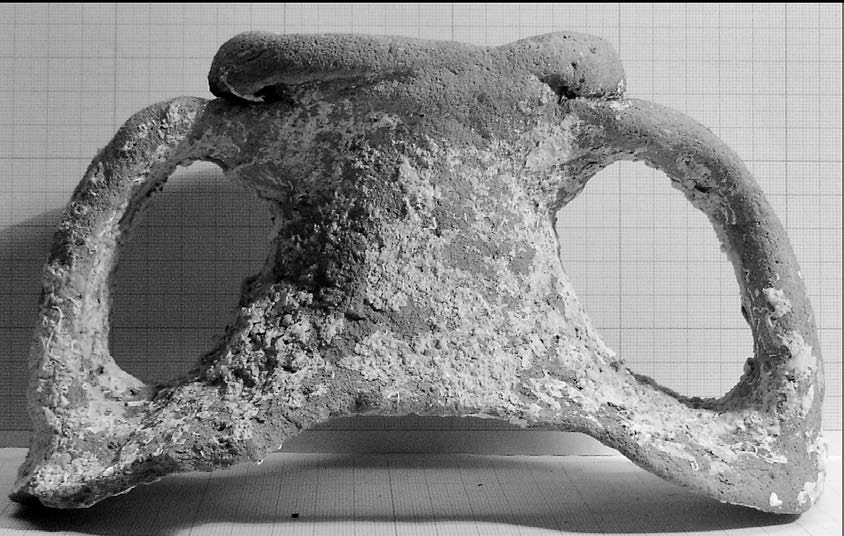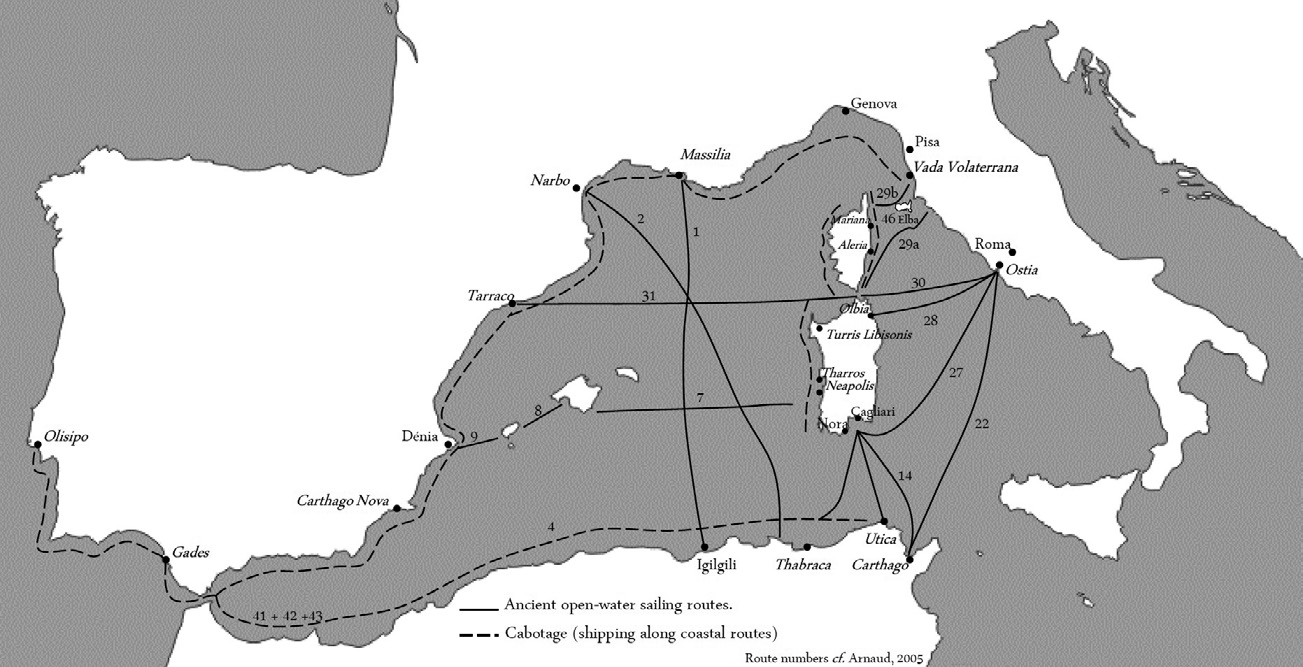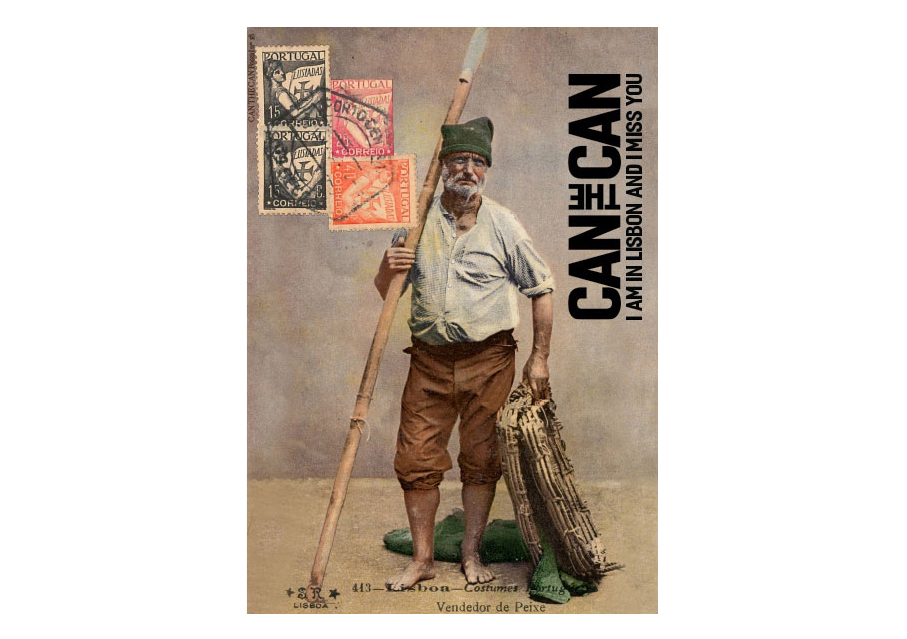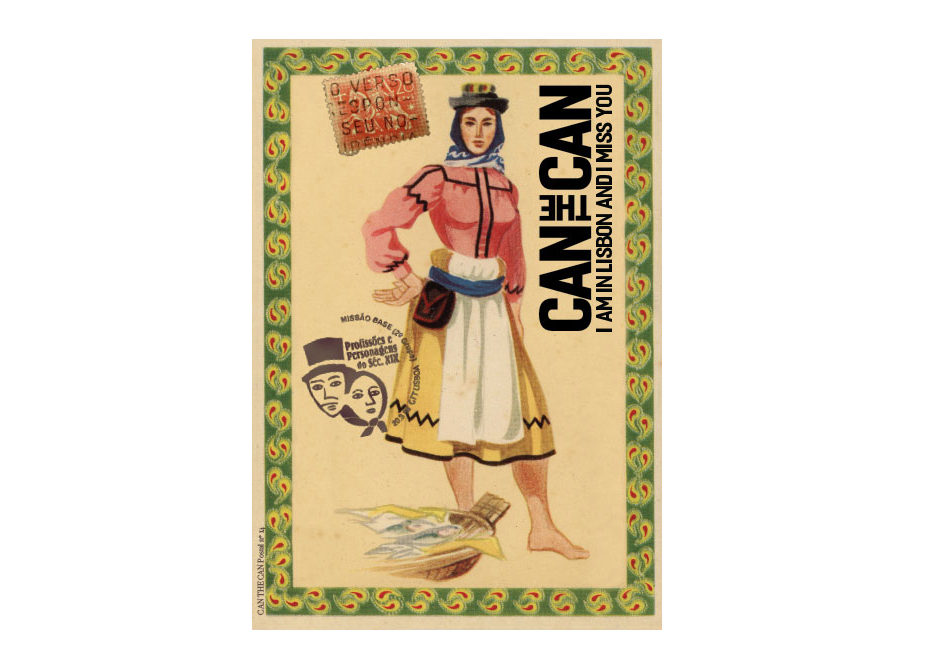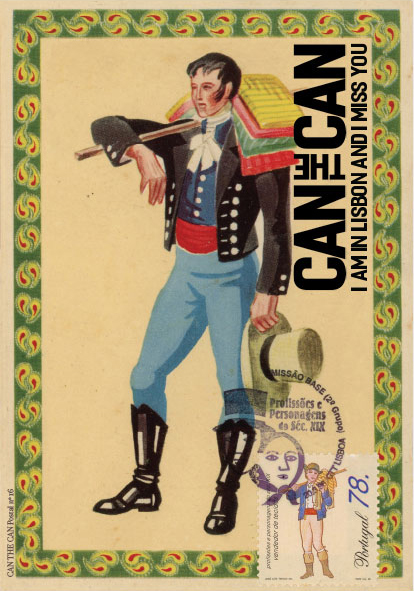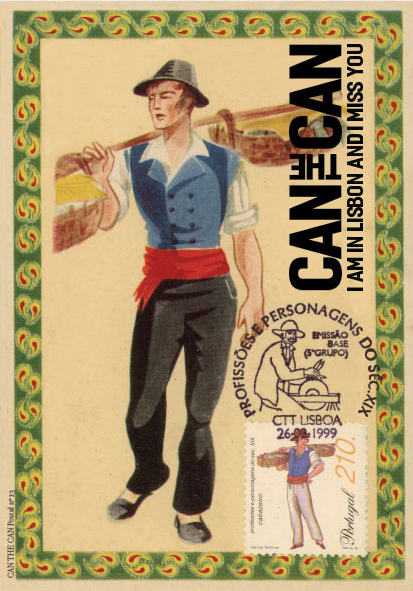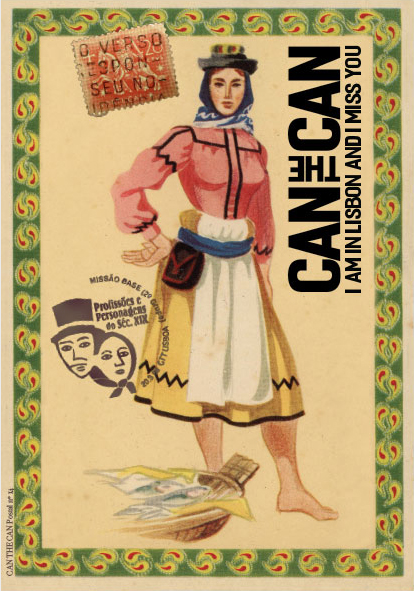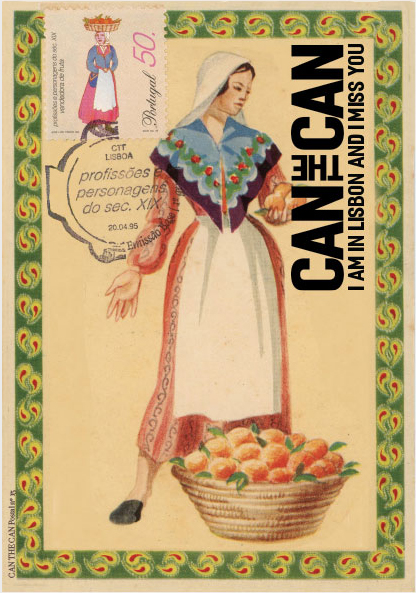O Terreiro do Paço surge da Lisboa mercantil, na viragem do século XV para o seguinte, e perdurará até meados do século XVII, até ao dia em que o Grande Terramoto de 1 Novembro de 1755 o destruirá. Com a perda da secular praça, perecera imenso património, móvel e imóvel, de forma irrecuperável.
A sua construção encerrará a fase da Lisboa mediévica dos mercadores-judeus que se tinham instalado nas margens das Ribeiras Velha e Nova.
Nos aterros implantaram-se edifícios e estruturas que justificavam o cognome do Rei do Comércio e da Navegação – a quem também chamavam, na Europa, o “rei da pimenta”, sua Majestade Dom Manuel, o Venturoso.
A transferência do poder real, da Corte e do aparelho administrativo que Cristóvão Rodrigues de Oliveira, no Sumário, descreve e pormenoriza, do Castelo e do Paço de Santos para o Terreiro, ganho ao Tejo, onde desaguariam a ribeira de S. Sebastião e a de Arroios, constituiu uma tarefa notável e um esforço ciclópico. Criou-se, rapidamente, o primeiro centro político português que a iconografia e textos de cronistas divulgaram pela Europa.
A natureza civilista seria o sinal e o toque dado desde o início e que perduraria durante a vivência do Terreiro do Paço.
Enquanto o Rossio (para além do emaranhado do casario que desapareceria com o Terramoto) era a “praça do povo”, com tendas e lojas, estalagem, hospital e demais “utilidades”, o Terreiro do Paço, pelo seu lado, protagonizava o ponto de partida e de chegada. Como faustoso do edificado e a exuberância do poder, não tardariam as “entradas reais”, as festas com touradas, os casamentos majestáticos – numa prática exacerbada de artes efémeras: maneiristas e barrocas, com arcos triunfais e cortejos em terra e no rio.
Também o aparato dos coches e dos tétricos desfiles da inquisição, como gravuras perpetuam numa demonstração de crueldade simbólica e singular, acabando por constituir documentos do carácter da nossa sociedade.
Desde há muito que as cercanias se revelavam como portos. Curiosamente, as diversas etapas do aterro do esteiro iam “colocando” os cais, cada vez mais perto da “linha de água” que o Terreiro do Paço iria assumir, nas novas dimensões e funcionalidades portuárias. O fortim que se implantou daria o sinal de limite, mais tarde simbolizado pelo Cais das Colunas, tão simbólico quanto romântico.
A gravura inserida na obra de G. Braunio (Colónia, 1593?) apresenta o Terreiro do Paço e a cidade numa articulação lógica e consolidada. O Paço Real liga-se ao Tejo, com este a “marear” os seus alicerces, numa conciliável atitude de irmandade.
Irisalva Moita, na coletânea publicada em 1983 intitulada Lisboa Quinhentista, inseriu o texto que servira a uma Comunicação ao “Congresso Internacional Os Descobrimentos Portugueses e a Europa dos Descobrimentos”, onde sintetiza com objetividade e clareza este processo de “fazer cidade”.
A dado passo, a investigadora assegura: “[… ] o conjunto constituído pelo Paço Real da Ribeira, dependências e edifícios anexos, principalmente depois que aquele foi acrescentado, no reinado de D. João III, com a sua ala sul que o ligou a nova Casa da India, sobre a qual se prolongava, e de construída a imponente cúpula de Terzi que rematava o Torreão da Casa da India, constituía o grupo arquitetónico mais evidente da cidade e, por isso, também, o mais diretamente focado em todas as panorâmicas que dela se fizeram a partir do seculo XVI. Construído por fases sucessivas, era uma edificação de planta irregular, algo caótica, contudo, muito rica de contrastes e de pormenores, mesmo a nível de exterior, compondo-se de vários corpos, mal articulados entre si, dispostos a volta de pátios, ladeados de pórticos. Ocupava, com as suas dependências, uma área que ia desde a atual Praça do Município até meio da ala poente da Praça do Comércio, chegando a albergar toda a Família Real, filhos, irmãos e outros próximos parentes. Tinha capela privativa que gozava de privilégios especiais, constituindo, por força da sua situação, uma quase segunda catedral”.
Impunha-se, principalmente, pela riqueza e comodidade dos seus interiores que todos aqueles que visitaram as cortes de D. João III e D. Sebastião foram unanimes em considerar magnificentes.
Algumas salas estavam afetas a Serviços Públicos que requeriam a presença do rei, como o Tribunal do Desembargo do Paço, a Mesa da Consciência e Ordens, o Conselho da Fazenda e o Conselho do Estado.
Também a Casa da Moeda foi, por comodidade, transferida, ainda em tempos de D. Manuel, para junto do Paço da Ribeira e da Casa da India, onde desembarcava a prata e o ouro que eram depois reduzidos a moeda. Na realidade, a abundância de metais preciosos, o ouro de África e Ásia, a prata, primeiro da Alemanha e, depois da conquista do México e do Peru, da Espanha, obrigaram a amoedações constantes e continuas. Pegado com o Palácio Real e em instalações já aí existentes anteriormente, ficava o Arsenal Real ou Armaria, verdadeiro Museu Militar, onde se guardavam e expunham todos os instrumentos ligados a arte da guerra, desde peças de artilharia, algumas ganhas ao inimigo em campo de batalha. Ali se viam armas de todo o género: espingardas, hastes, espadas, armamentos pesados e ligeiros, de ataque e defesa, agrupados segundo os seus tipos. Havia também “bem figuradas estátuas de cavaleiros armados de ponto em branco, montados em cavalos de pau”.
Fundado por D. Manuel, este soberano tinha grande orgulho nesta obra que, conjuntamente com as Cavalariças Reais, a S. Domingos, era sempre mostrada a todos os visitantes ilustres que demandavam Lisboa.
O conjunto formado pelo Palácio Real e a Casa da India era ainda enriquecido por um jardim arborizado, e animado pela proximidade da Ribeira das Naus, cujos estaleiros e oficinas de fundição se mantinham em atividade trepidante.
O século XVI trouxe profundas mudanças a Lisboa- urbanas e simbólicas – o Terreiro espelha todas elas pela sua centralidade e funcionalidade. Damião de Góis, no seu texto de 1554, explicita essas “profundas mudanças”.
A Alfandega Nova, encostada “a beirinha do mar”, era um dos magníficos edifícios construídos por D. Manuel.”, e uma mole imensa de pedra, escorada com grandes estacas muito juntas, espetadas à mão no mar, é construída por ordem e a expensas do mesmo rei. Seguindo pelo mesmo caminho, no sentido da corrente do rio, encontra-se um vasto campo, a partir da nova construção da alfandega e do celeiro, cercado pelo norte e pelo poente com belíssimos edifícios: ao sul, e notável a colunata de agradabilíssimo aspeto, e bem ornada, que se prolonga até a beira do rio, pois o outro lado do campo, voltado a oriente, estar limitado pelo mar. Neste terreiro está instalado o mercado do peixe e o mercado dos doces: ali ocorrem, todos os dias, magotes de peixeiros, hortelãos, confeiteiros, cortadores, padeiros, doceiros; a venderem tudo o que trazem para alimento da cidade, veem-se, além disso, barracas bem providas de comidas, de vinhos, de tendeiros, de estalajadeiros, de tecelões. No mercado do peixe, há grande quantidade de cestos, ali colocados por determinação das autoridades, nos quais o peixe é transportado por moços de fretes para as vendedeiras da praça, mal atracam os barcos de pesca.”
Depois, descreve-nos o edifício da Casa de Ceuta e Casa da India:
“Não longe desta casa, num renque contíguo de edifícios, ergue-se o sexto monumento, realizado de feição maravilhosa, repleto de abundantes presas e despojos de muitas gentes e povos. Por ali se tratarem os negócios da India, o nosso povo dá-lhe o nome de Casa da India. Na minha opinião, deveria antes chamar-se-lhe empório copiosíssimo dos aromas, pérolas, rubis, esmeraldas e de outras pedras preciosas que nos são trazidas da India ano após ano; ou então vastíssimo armazém de oiro e de prata, quer trabalhado quer em barra. Ali estão patentes, para quem os quiser admirar, inúmeros compartimentos, distribuídos com engenhosa arte e ordem, abarrotados com tao grande abundância daquelas preciosidades que – palavra de honra!- ultrapassaria a faculdade de acreditar, se não saltassem aos olhos de todos e as não pudéssemos tocar com as próprias mãos.”
Para acrescentar:
“Desde o topo do Paço Real, grandioso e sumptuoso, que Dom Manuel mandara construir para si, avança para o mar, coma uma máquina de guerra, uma vastíssima colunata, que limita pelo sul o terreiro a que já aludimos. No extrema da colunata, voltada ao nascente, ergue-se sobranceira a praia uma torre de cantaria bem trabalhada. Junto aquele, mesmo a beira do rio, começou há pouco o muito poderoso rei Dom João III, nosso Senhor, a levantar desde os alicerces um outro edifício, de admirável construção. Quando estiver concluído, com o auxílio de Deus e dos seus santos, ocupara o oitavo lugar nas belezas da cidade e arrebatara, de certo, a palavra a todos os demais monumentos.”
E remata o ilustre homem de cultura:
“Finalmente, perto do Paço Real da Ribeira, que (como disse) foi edificado por D. Manuel, o lado oposto a esta construção nova, para o lado poente, separado por um terreiro de permeio, encontra-se o sétimo e último monumento público. É dotado de um grande número de divisões e dependências, em todas as direções, adornadas trabalhadas com arte. São tantas as entradas e tão diversas as saídas nos compartimentos interiores que bem se poderia considerar um autêntico labirinto. Aqui estabeleceram os nossos reis o Arsenal de Guerra, repleto de ingente cópia de todo o género de armas, máquinas de guerra, de morteiros, e de tudo o mais que pertence à condução de combates por terra e por mar; e em tal quantidade que, quer pela quantidade das máquinas bélicas quer pelo número infinito de armas e de lanças, facilmente ultrapassa todos os arsenais, alias bem apetrechados e bem recheados, que atualmente existem na Europa ou na Ásia, a maior parte dos quais eu visitei. Julgo que me é mais fácil provar isto, seja quem for, com este argumento: é que o Rei vê-se obrigado a ter na Ásia, na África e na Europa, só para as expedições navais ordinárias, mais de duzentos navios de todas as categorias, permanentemente apetrechados e impecavelmente municiados. Em três salas deste edifício estão guardadas, como em depósito, com a máxima diligencia e limpeza, quarenta mil armaduras de infantaria, mais três mil armaduras completas de cavaleiros, além das que são movimentadas para exercícios quotidianos e extraordinários. Também aqui se guardam peças de artilharia de todas as espécies, morteiros, escorpiões, basiliscos, leões, colubrinas, camelos, pedreiros, dispersores, e bombardas de descomunal grandeza e peso; assim como outras armas vulgares de arremesso, a que o povo da o nome de falcões, berços, espingardas; e ainda pólvora e balas de pedra e de ferro em tal abundancia que, se eu tentasse esmiuçar e descrever as diversas formas, o numero, o peso de cada uma delas, receio que se poderia supor que estava a apresentar nesta obra falsidades em vez de factos verdadeiros. Por isso, contentem-se com ler ou ouvir apenas o que aí vai.” (in Damião de Góis, Descrição da Cidade de Lisboa, Livros Horizonte (1988), 2ª edição, 2001).
O Terreiro do Paço era, sem dúvida alguma, a sede do poder, e o conjunto de edifícios que corporizavam a organiza ao das atividades económicas mostrava o que a cidade pretendia ser a Capital do Mundo, tanto pela variedade de pessoas e de lugares como pela imensidão de produtos de todas as origens e paragens.


